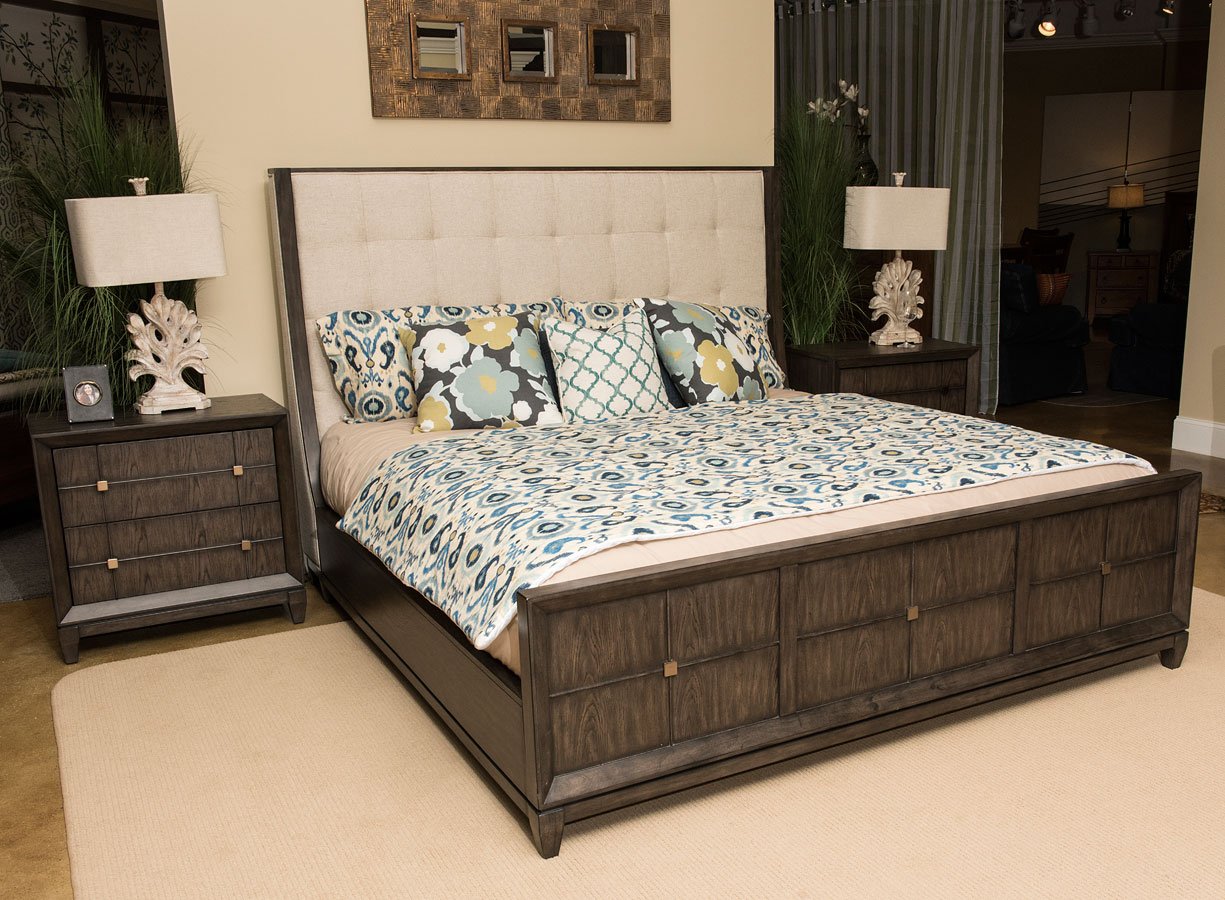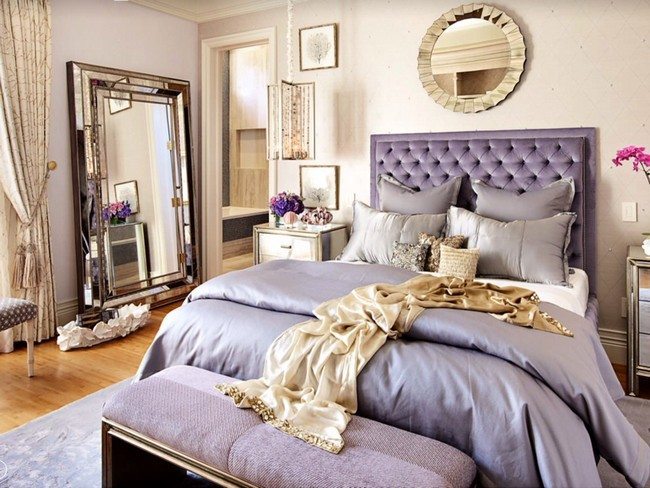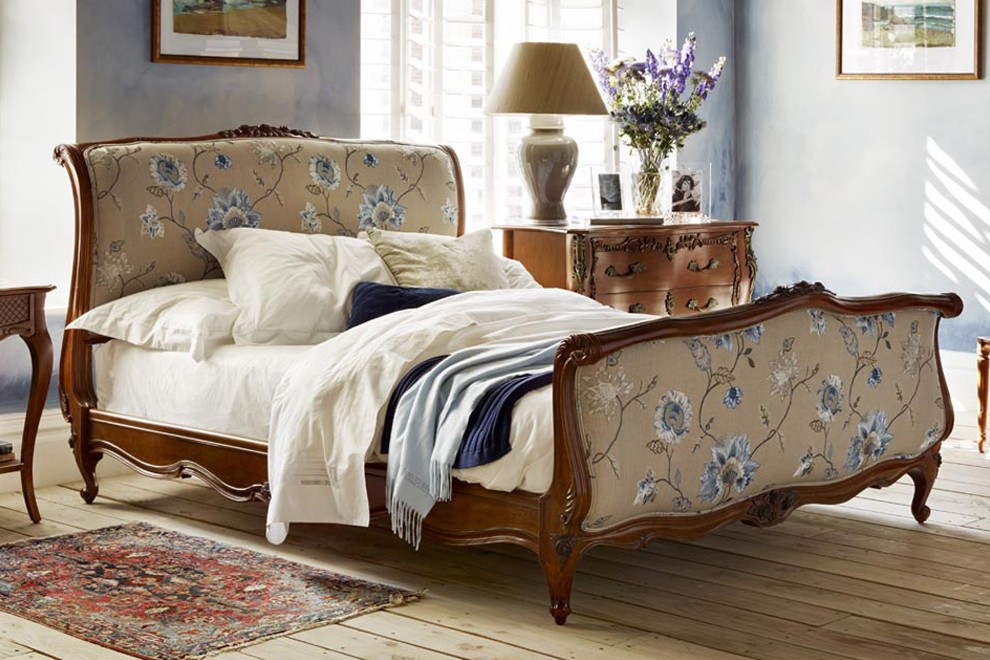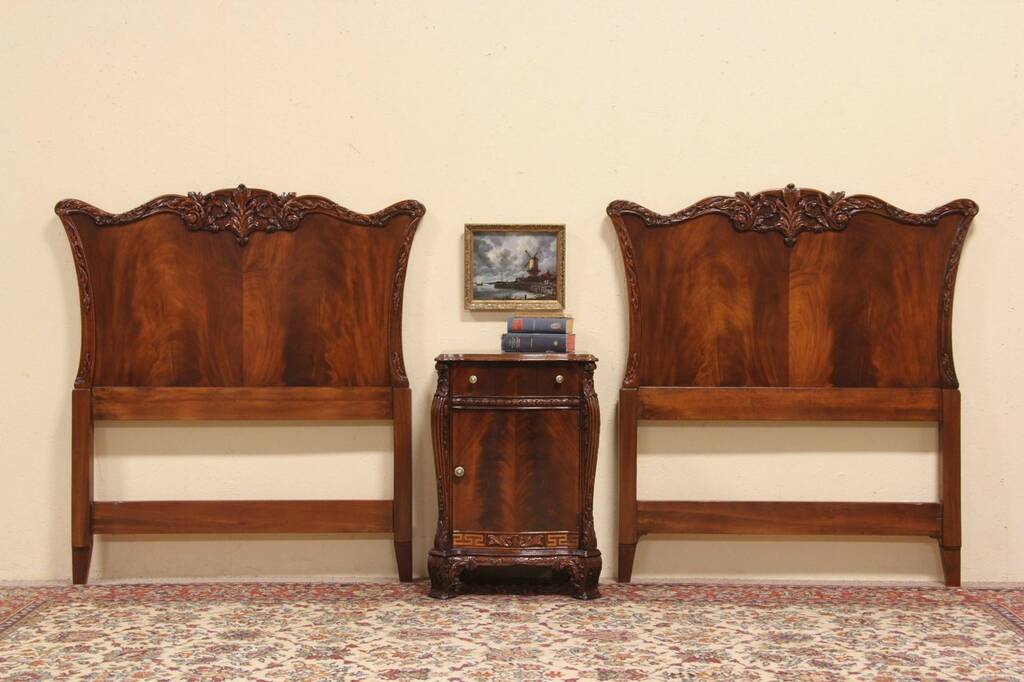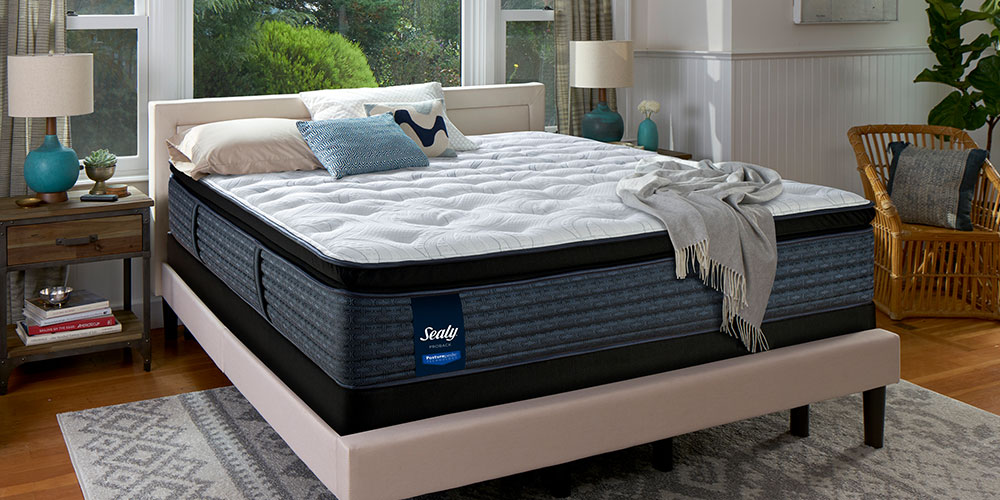The Victorian era, spanning from the 1830s to the early 1900s, was a time of opulence and grandeur in furniture design. This is reflected in the intricate and ornate styles of Victorian bedroom furniture. Made from rich woods such as mahogany and walnut, Victorian furniture often featured intricate carvings and elegant details. The pieces were also adorned with luxurious fabrics, such as velvet and brocade, adding to the lavishness of the overall design.Victorian Bedroom Furniture
Antique bedroom furniture from the 1800s is highly sought after by collectors and homeowners alike. These pieces were made by skilled craftsmen and are a testament to the quality and durability of furniture from this time period. Antique bedroom furniture often features intricate woodwork, hand-carved details, and unique designs that make them stand out from modern pieces. They add a touch of history and character to any bedroom.Antique Bedroom Furniture
The Colonial period in America, from the late 1600s to the mid-1700s, brought about a fusion of European and American styles in furniture design. Colonial bedroom furniture was influenced by both English and Dutch styles, resulting in a mix of simplicity and elegance. Made from pine, oak, and maple, these pieces featured clean lines, minimal ornamentation, and a focus on functionality. Colonial furniture exudes a sense of warmth and coziness, making it a popular choice for bedrooms.Colonial Bedroom Furniture
The Federal style emerged in America in the late 1700s and was heavily influenced by the neoclassical designs of ancient Greece and Rome. Federal bedroom furniture is characterized by its symmetry, simplicity, and use of delicate details such as carved motifs and inlaid designs. Mahogany and cherry were the preferred woods for this style, and the furniture often had a glossy finish. Federal furniture adds a touch of sophistication and elegance to any bedroom.Federal Bedroom Furniture
Empire furniture, also known as Napoleonic or Regency furniture, was popular during the early 1800s. This style was heavily influenced by the French Empire style and features bold and dramatic designs with intricate carvings and ornate details. Empire bedroom furniture often features dark woods, such as mahogany and rosewood, and is adorned with luxurious fabrics and gold accents. It exudes a sense of grandeur and luxury, making it a popular choice for formal and elegant bedrooms.Empire Bedroom Furniture
Queen Anne furniture was popular during the early 1700s and is known for its graceful and curvaceous designs. This style was influenced by the French Rococo style and features intricate carvings, cabriole legs, and shell motifs. Queen Anne bedroom furniture was often made from walnut, cherry, and maple and was adorned with rich fabrics such as silk and damask. It adds a touch of femininity and elegance to any bedroom.Queen Anne Bedroom Furniture
The Chippendale style emerged in the mid-1700s and is named after the famous English cabinetmaker, Thomas Chippendale. This style is known for its intricate and detailed designs, featuring elements from Gothic, Chinese, and Rococo styles. Chippendale bedroom furniture often features intricate carvings, claw and ball feet, and ornate hardware. Mahogany, maple, and cherry were the preferred woods for this style. Chippendale furniture adds a touch of drama and grandeur to any bedroom.Chippendale Bedroom Furniture
The Sheraton style emerged in the late 1700s and was named after the famous English furniture designer, Thomas Sheraton. This style is characterized by its clean and simple lines, delicate details, and use of contrasting veneers. Sheraton bedroom furniture often features inlaid designs, tapered legs, and decorative brass hardware. Mahogany, cherry, and satinwood were the preferred woods for this style. Sheraton furniture adds a touch of elegance and sophistication to any bedroom.Sheraton Bedroom Furniture
The Regency style emerged in England in the late 1700s and was heavily influenced by the neoclassical designs of ancient Greece and Rome. Regency furniture is known for its clean lines, bold designs, and use of luxurious materials. It often features dark woods, such as mahogany and rosewood, and is adorned with rich fabrics and gold accents. Regency furniture adds a touch of grandeur and glamour to any bedroom.Regency Bedroom Furniture
The Georgian period, spanning from the early 1700s to the early 1800s, brought about a revival of classical styles in furniture design. Georgian bedroom furniture is known for its elegant and symmetrical designs, featuring intricate carvings and luxurious fabrics. Mahogany, walnut, and cherry were the preferred woods for this style. Georgian furniture adds a touch of sophistication and refinement to any bedroom.Georgian Bedroom Furniture
Evolution of Bedroom Furniture Styles in the 1800s

The Influence of Social and Cultural Changes
 The 1800s was a time of great change in the Western world, and this was reflected in the design and style of bedroom furniture. As society and culture evolved, so did people's tastes and preferences for their living spaces. From traditional and ornate pieces to more functional and streamlined designs, the 1800s saw a diverse range of bedroom furniture styles emerge.
Victorian Era:
The Victorian era, spanning from 1837 to 1901, was a period of opulence and extravagance. This was reflected in the bedroom furniture styles of the time, with elaborate and ornate designs being popular. Beds were often made of dark wood, with intricate carvings and details. The use of rich fabrics, such as velvet and silk, was also common. In addition, the Victorian era saw the introduction of the dressing table, a piece of furniture that is still a staple in bedrooms today.
Arts and Crafts Movement:
In contrast to the opulence of the Victorian era, the Arts and Crafts movement emerged in the late 1800s as a reaction to mass-produced, machine-made furniture. The emphasis was on craftsmanship and simplicity, with furniture being made of natural materials, such as wood, and featuring clean lines and minimal decoration. This movement also popularized the use of metal in furniture, particularly in bed frames.
Colonial Revival:
As the United States gained independence in the late 1800s, there was a renewed interest in traditional American designs. The Colonial Revival style emerged, which drew inspiration from the furniture styles of the 17th and 18th centuries. This included the use of light-colored wood, such as maple and oak, and simple, yet elegant designs.
Eastlake Style:
Named after British architect and designer Charles Eastlake, the Eastlake style was popular in the late 1800s. It emphasized function over form, with furniture featuring geometric shapes and straight lines. This style also incorporated Asian influences, such as bamboo and lacquer, and was a precursor to the Arts and Crafts movement.
In conclusion, the 1800s saw a wide range of bedroom furniture styles emerge, each influenced by the societal and cultural changes of the time. From the elaborate and ornate designs of the Victorian era to the simplicity and craftsmanship of the Arts and Crafts movement, these styles continue to influence modern bedroom furniture designs.
The 1800s was a time of great change in the Western world, and this was reflected in the design and style of bedroom furniture. As society and culture evolved, so did people's tastes and preferences for their living spaces. From traditional and ornate pieces to more functional and streamlined designs, the 1800s saw a diverse range of bedroom furniture styles emerge.
Victorian Era:
The Victorian era, spanning from 1837 to 1901, was a period of opulence and extravagance. This was reflected in the bedroom furniture styles of the time, with elaborate and ornate designs being popular. Beds were often made of dark wood, with intricate carvings and details. The use of rich fabrics, such as velvet and silk, was also common. In addition, the Victorian era saw the introduction of the dressing table, a piece of furniture that is still a staple in bedrooms today.
Arts and Crafts Movement:
In contrast to the opulence of the Victorian era, the Arts and Crafts movement emerged in the late 1800s as a reaction to mass-produced, machine-made furniture. The emphasis was on craftsmanship and simplicity, with furniture being made of natural materials, such as wood, and featuring clean lines and minimal decoration. This movement also popularized the use of metal in furniture, particularly in bed frames.
Colonial Revival:
As the United States gained independence in the late 1800s, there was a renewed interest in traditional American designs. The Colonial Revival style emerged, which drew inspiration from the furniture styles of the 17th and 18th centuries. This included the use of light-colored wood, such as maple and oak, and simple, yet elegant designs.
Eastlake Style:
Named after British architect and designer Charles Eastlake, the Eastlake style was popular in the late 1800s. It emphasized function over form, with furniture featuring geometric shapes and straight lines. This style also incorporated Asian influences, such as bamboo and lacquer, and was a precursor to the Arts and Crafts movement.
In conclusion, the 1800s saw a wide range of bedroom furniture styles emerge, each influenced by the societal and cultural changes of the time. From the elaborate and ornate designs of the Victorian era to the simplicity and craftsmanship of the Arts and Crafts movement, these styles continue to influence modern bedroom furniture designs.



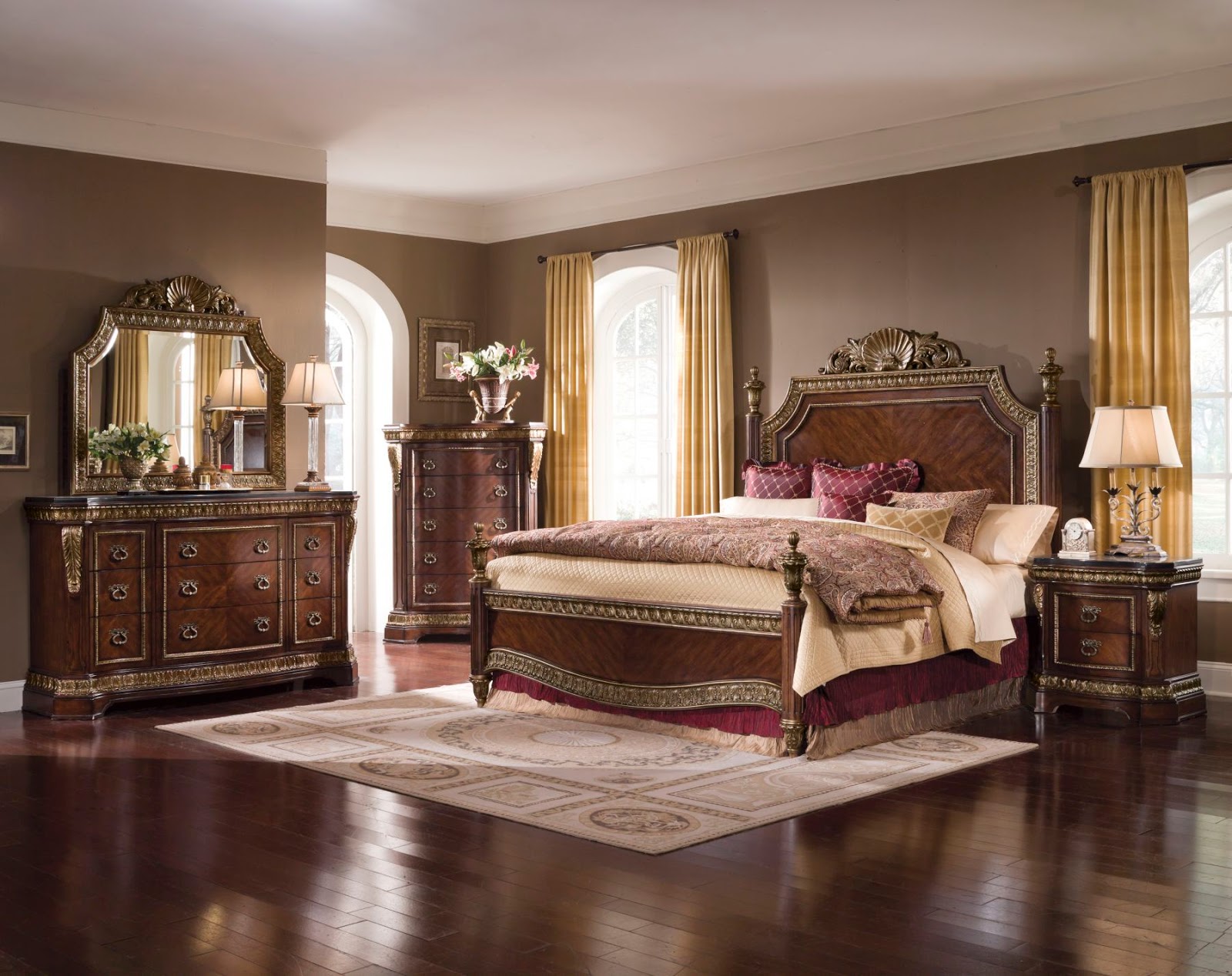
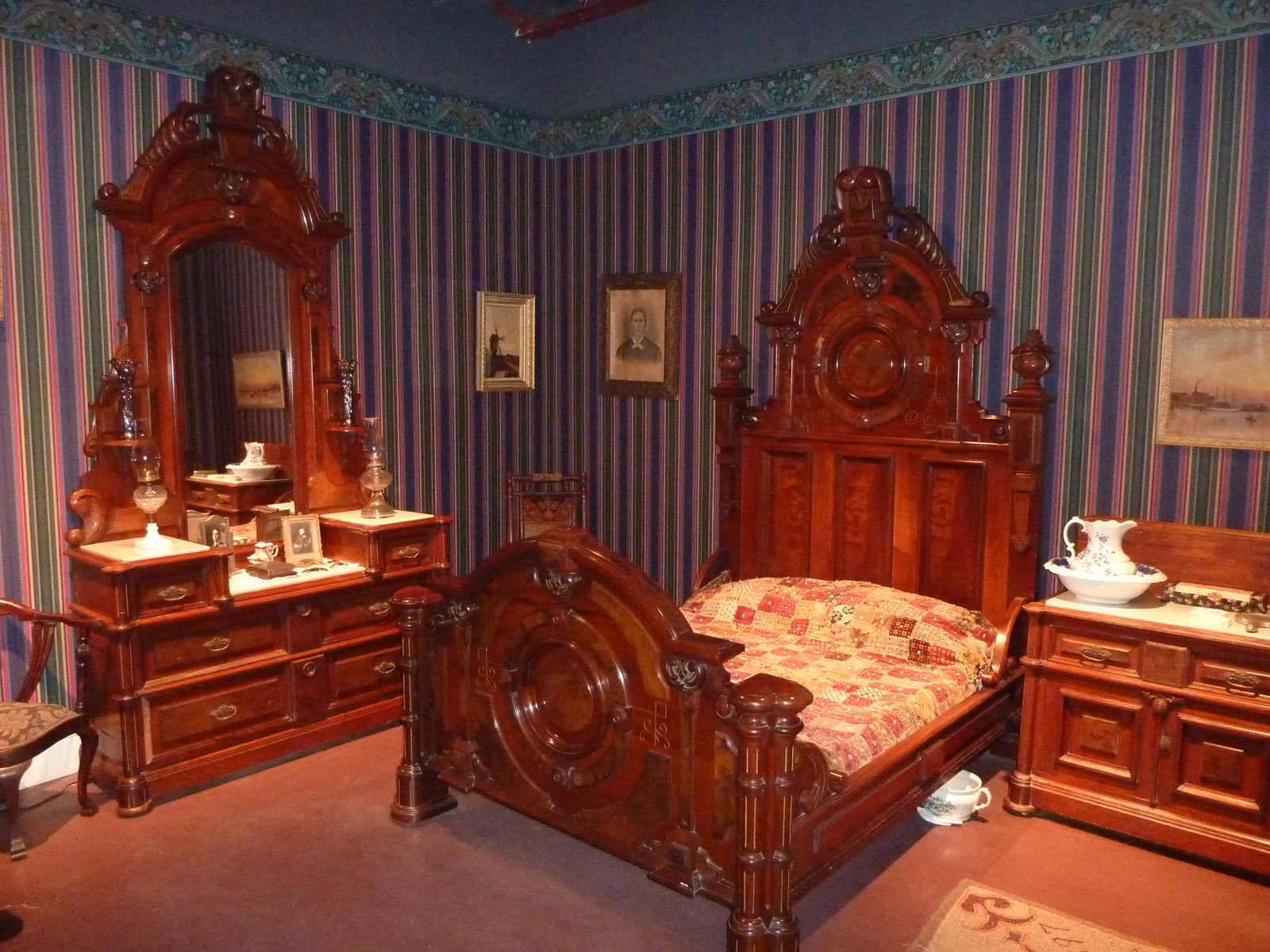
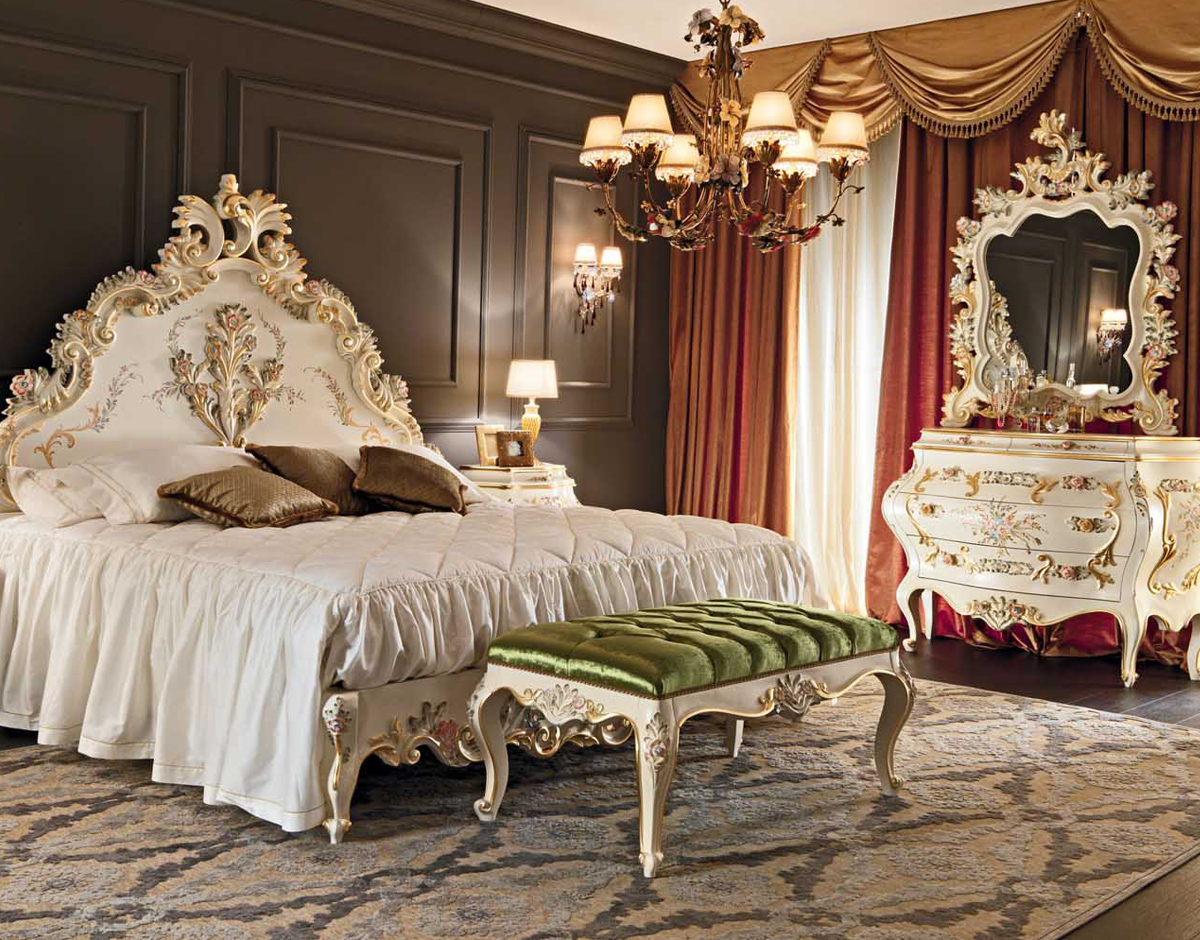

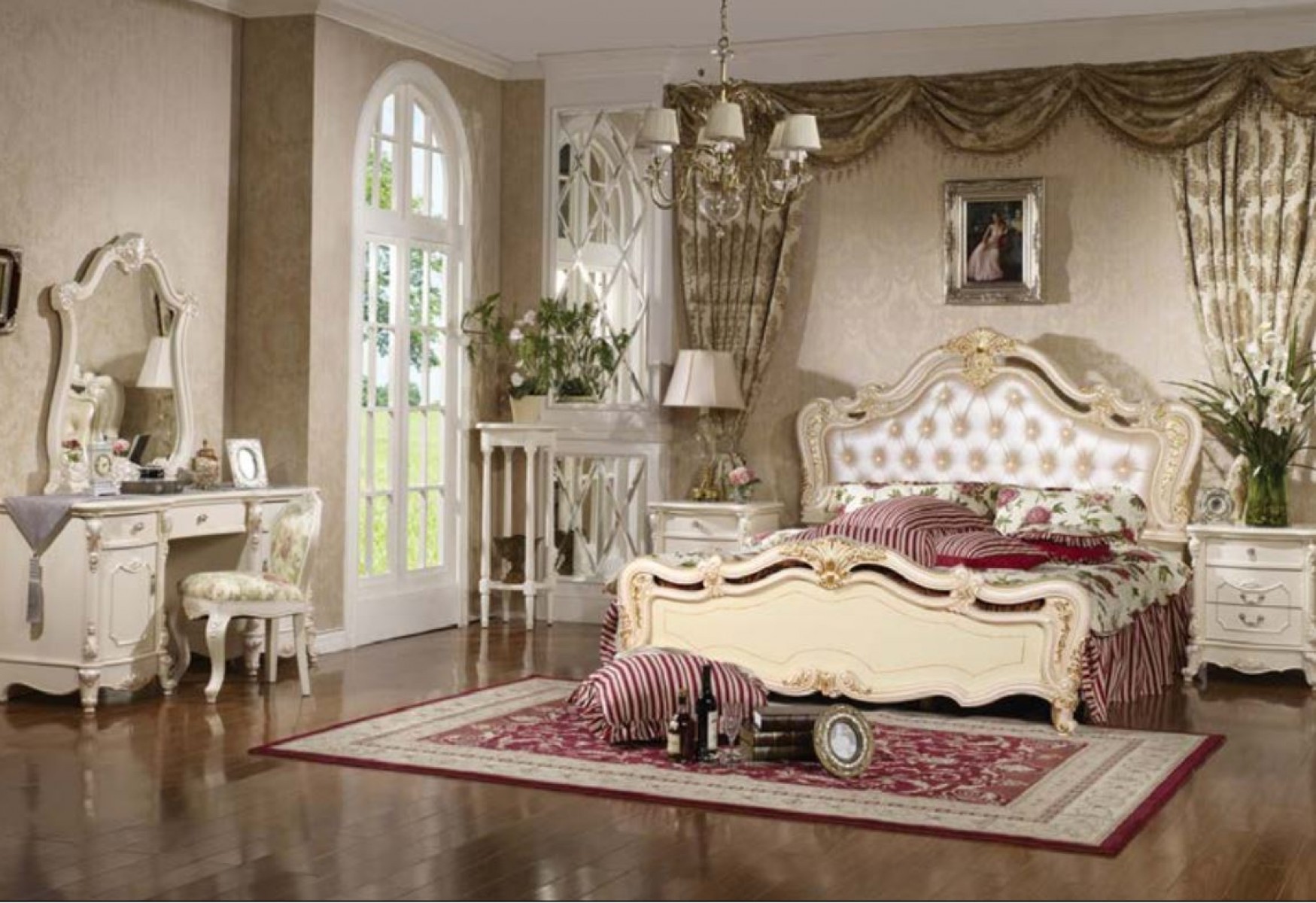

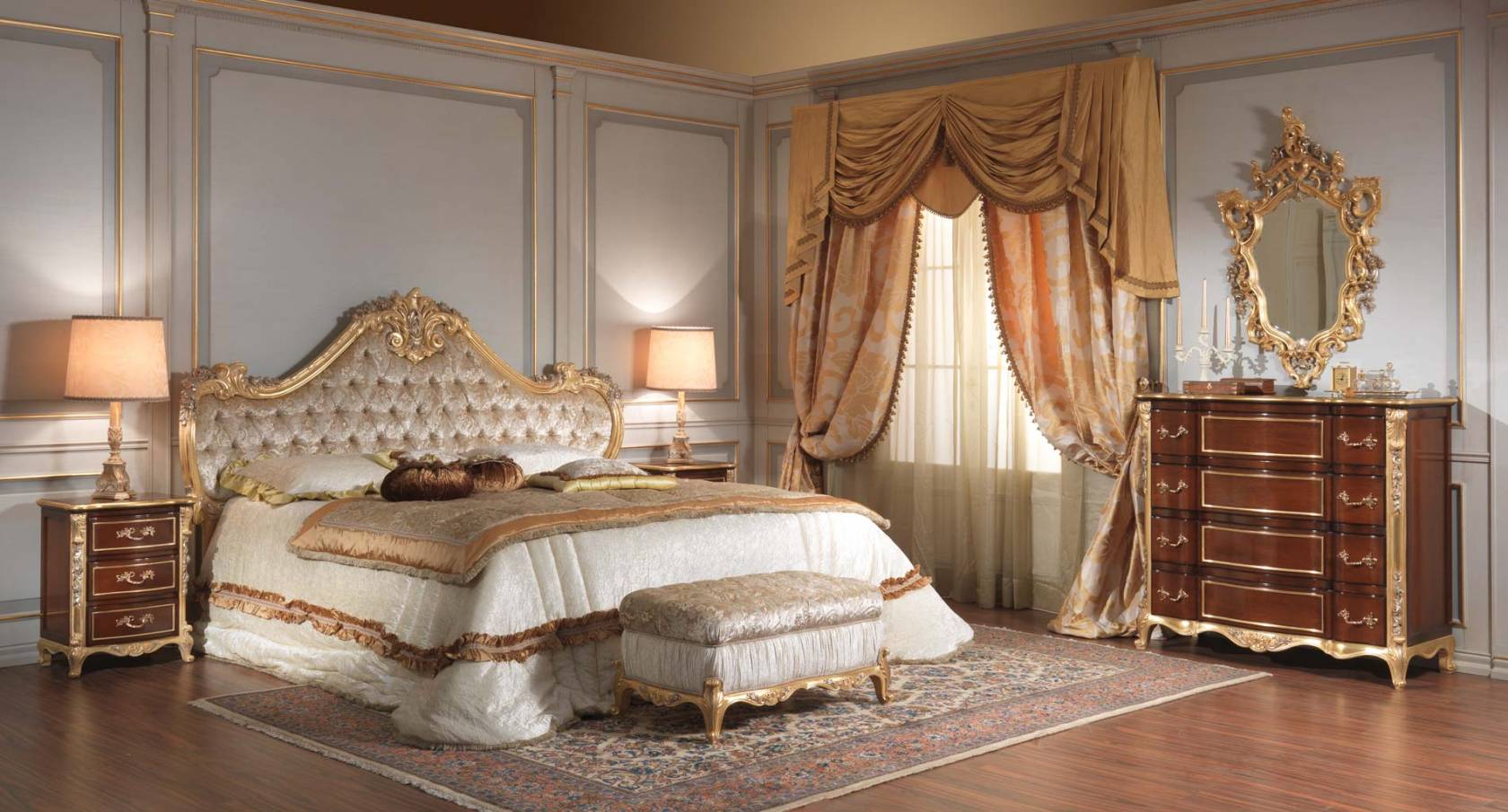
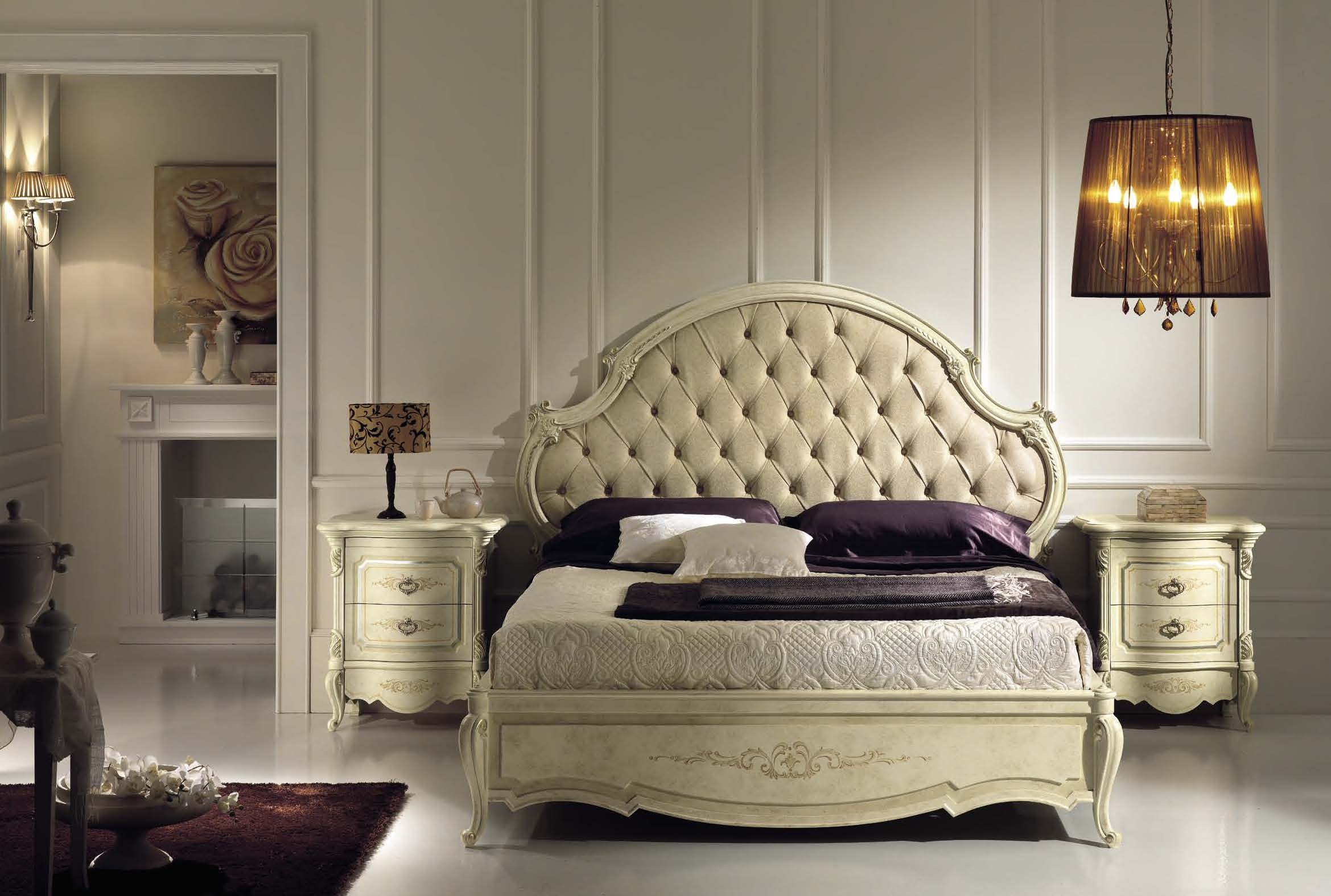
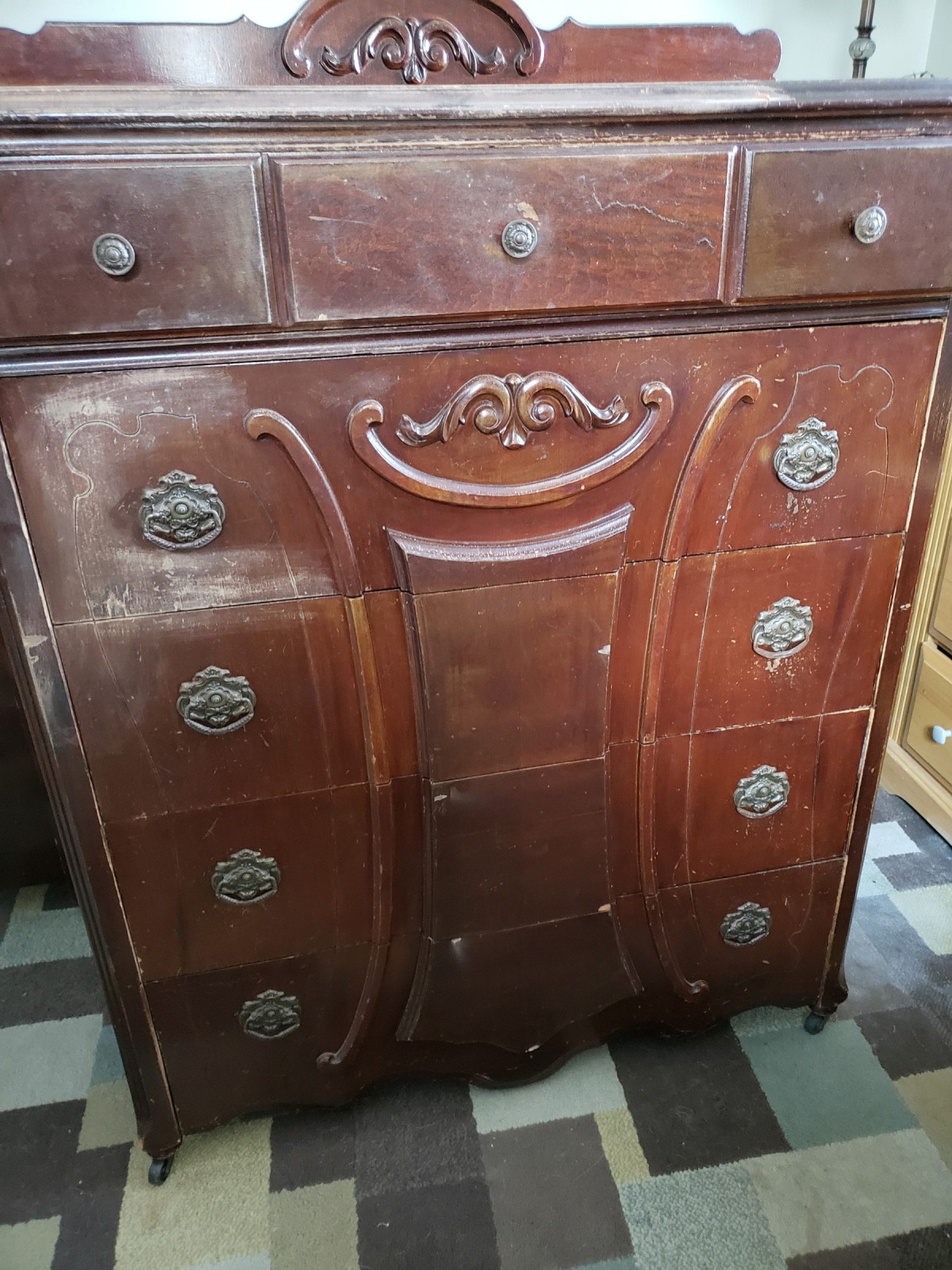


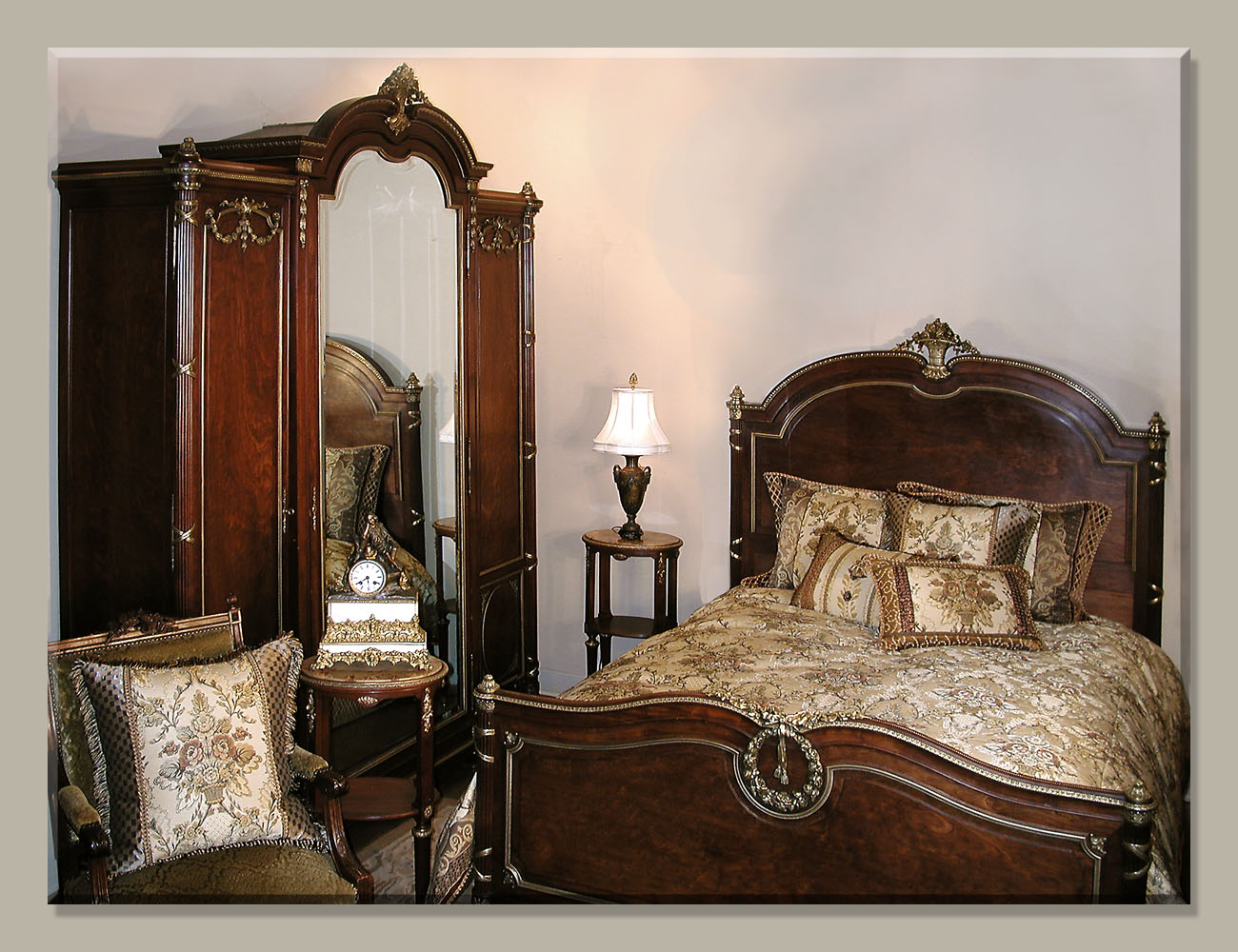

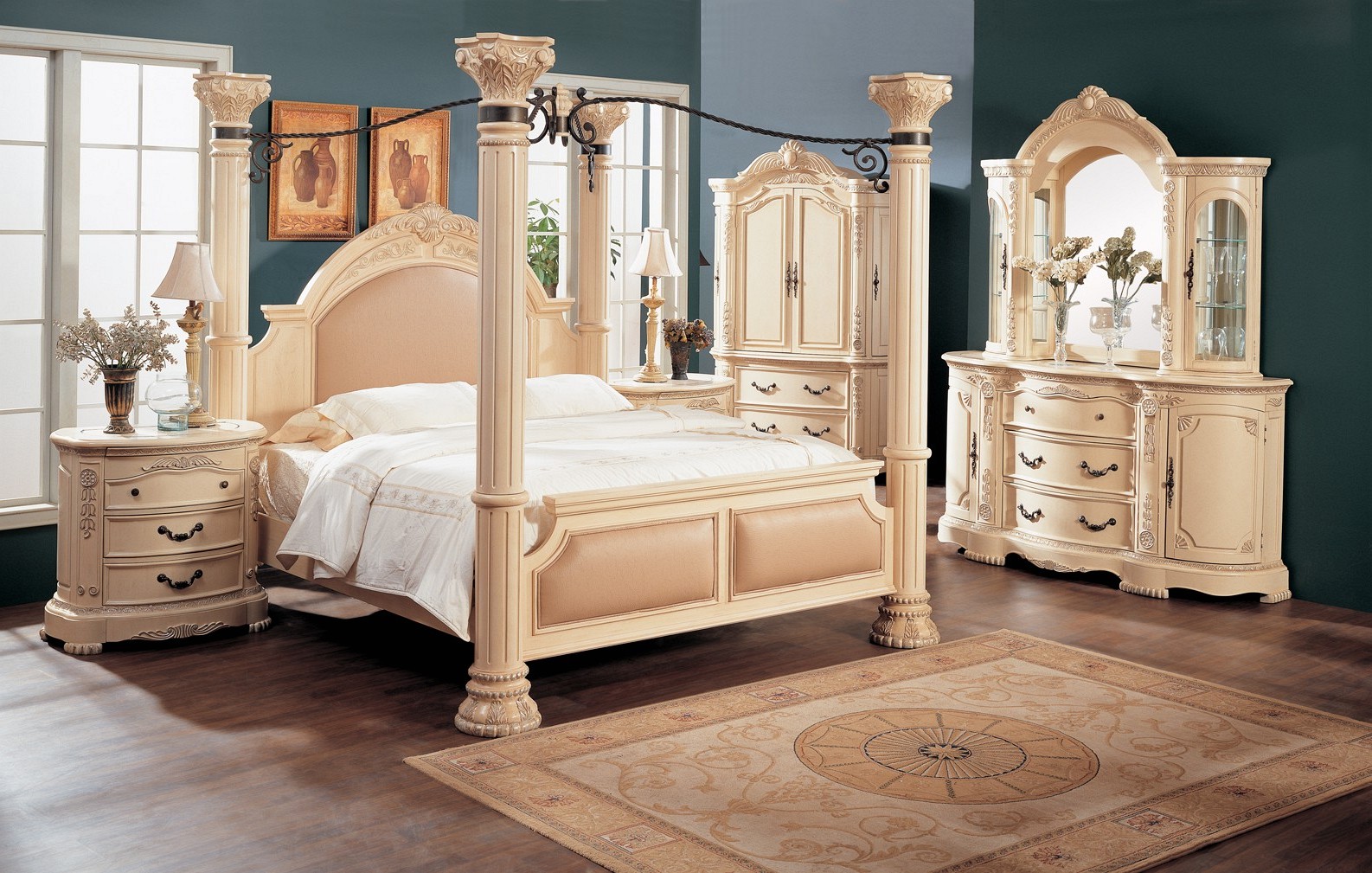


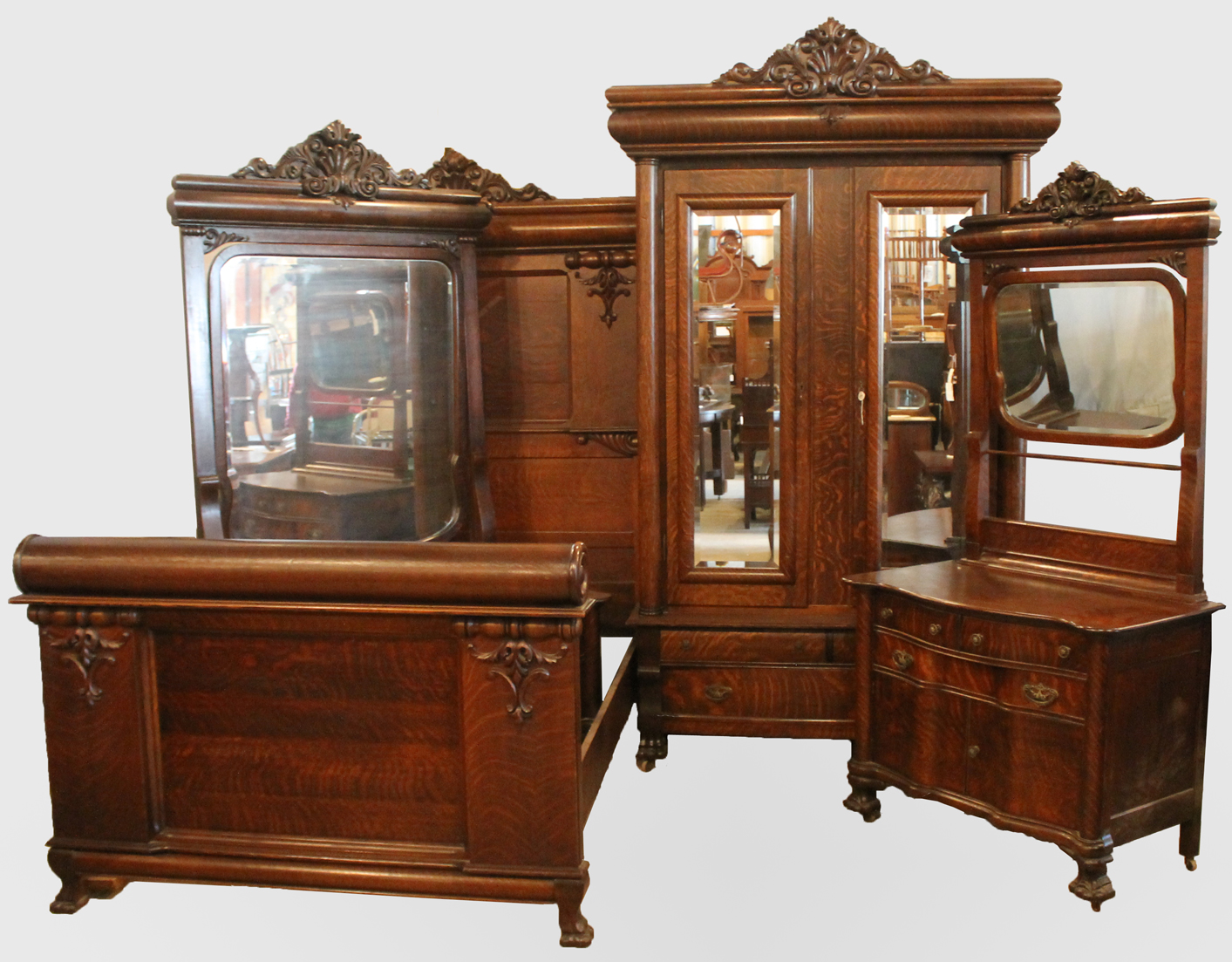










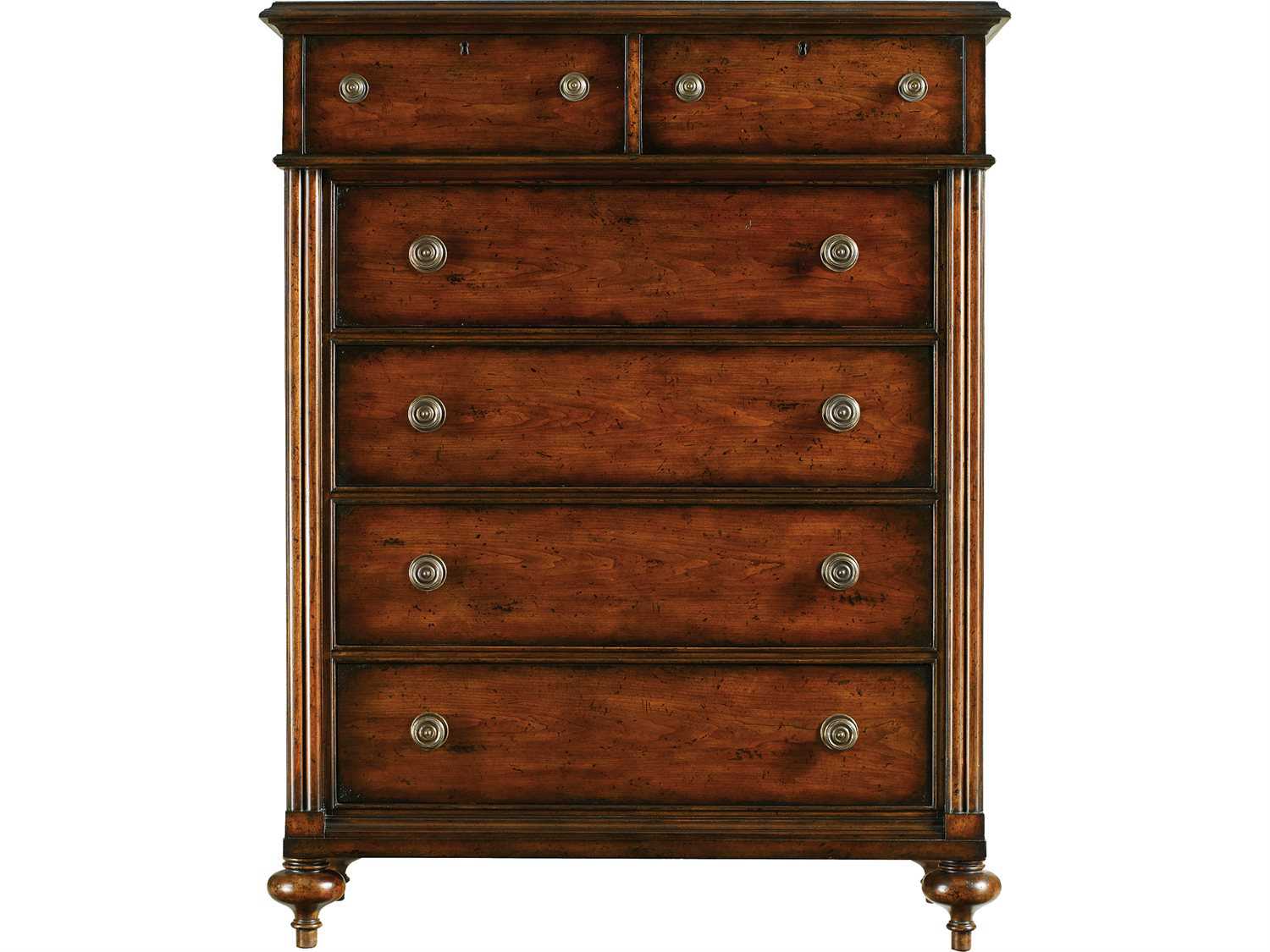


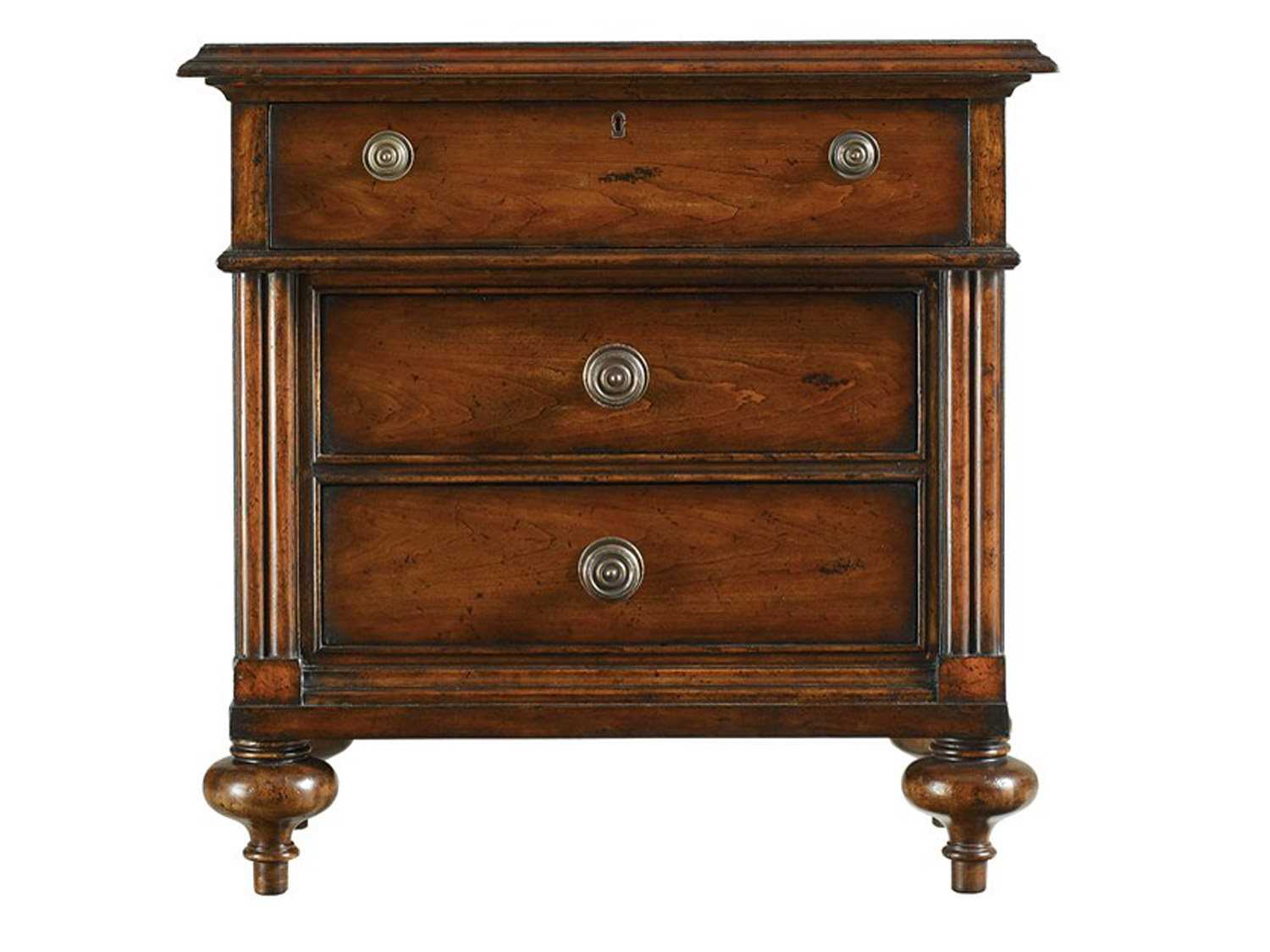




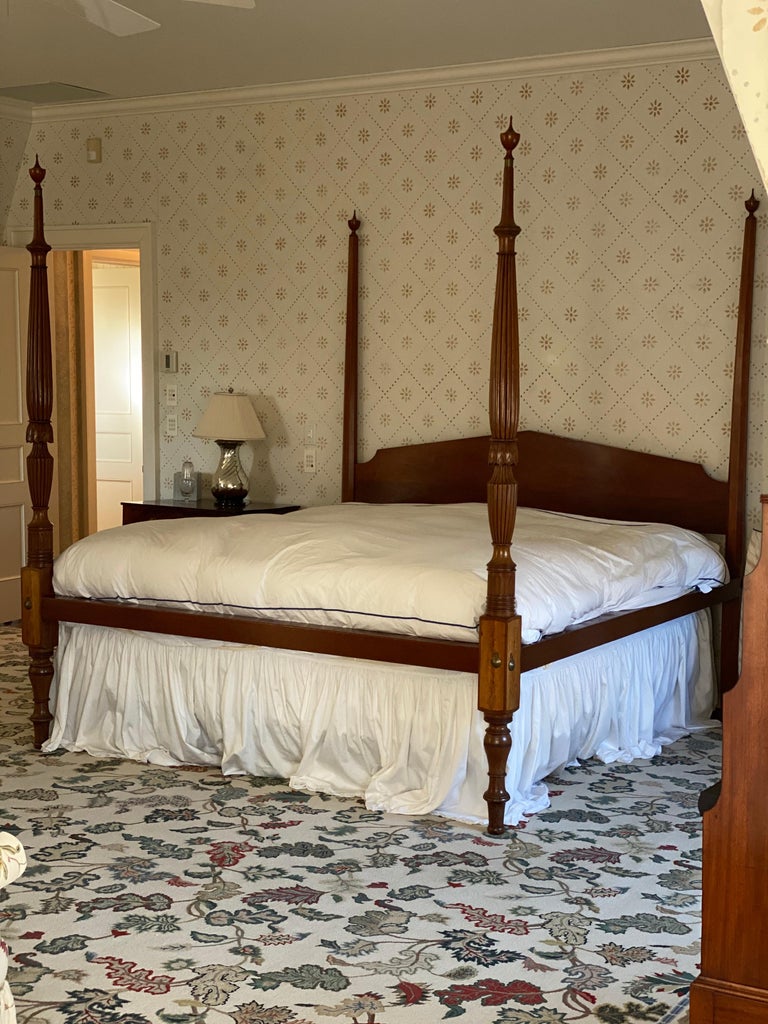

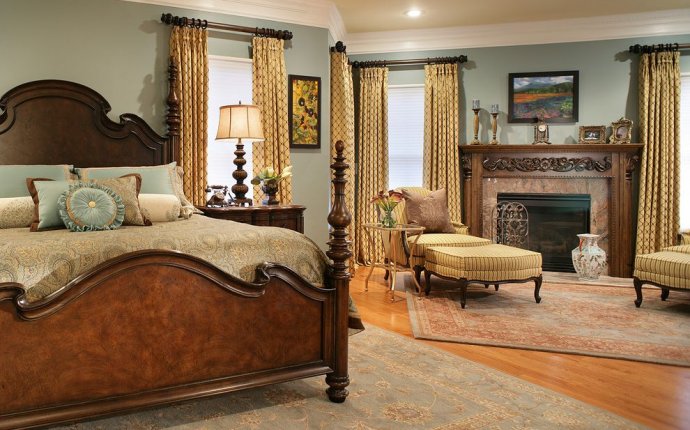
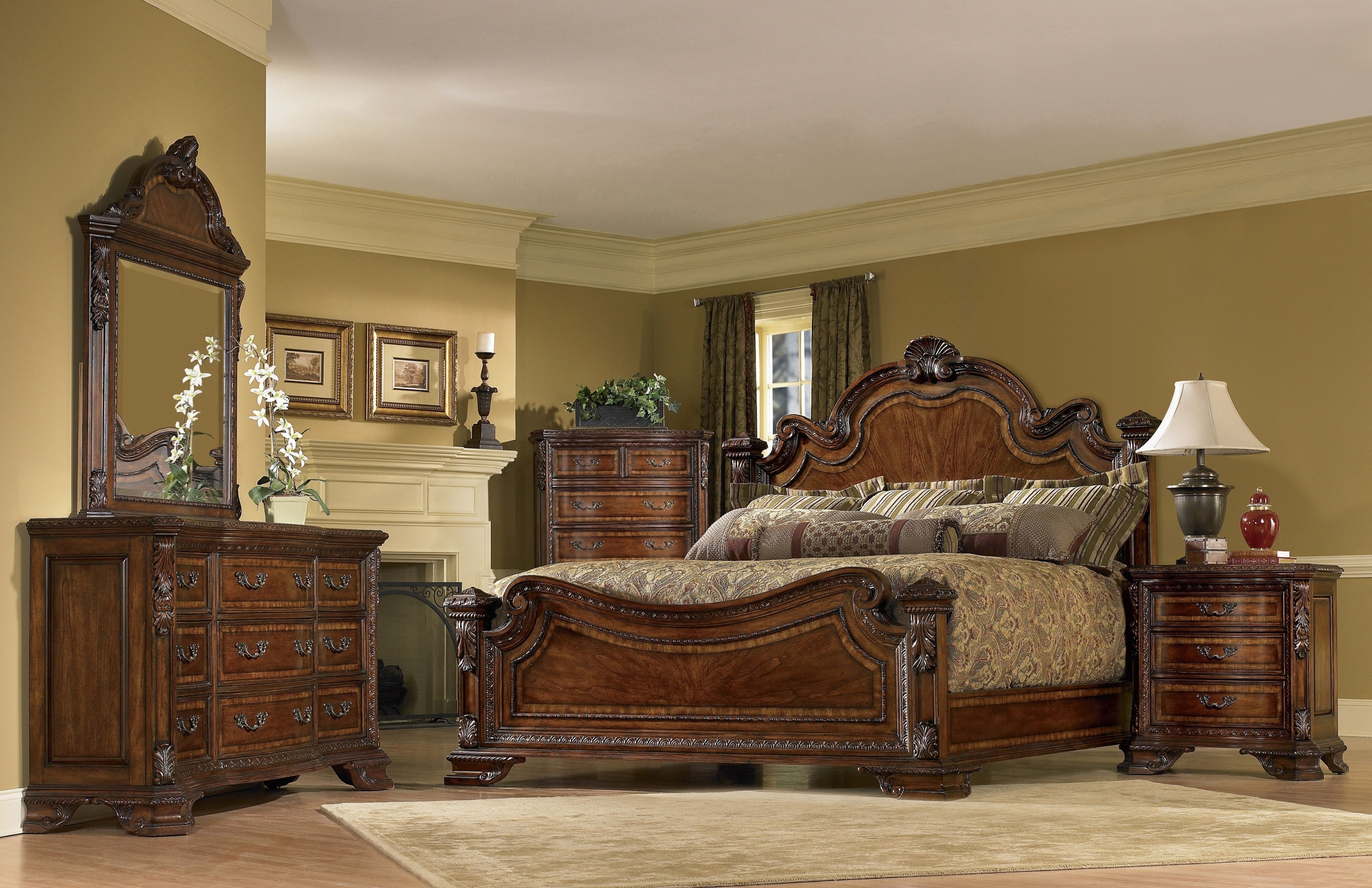





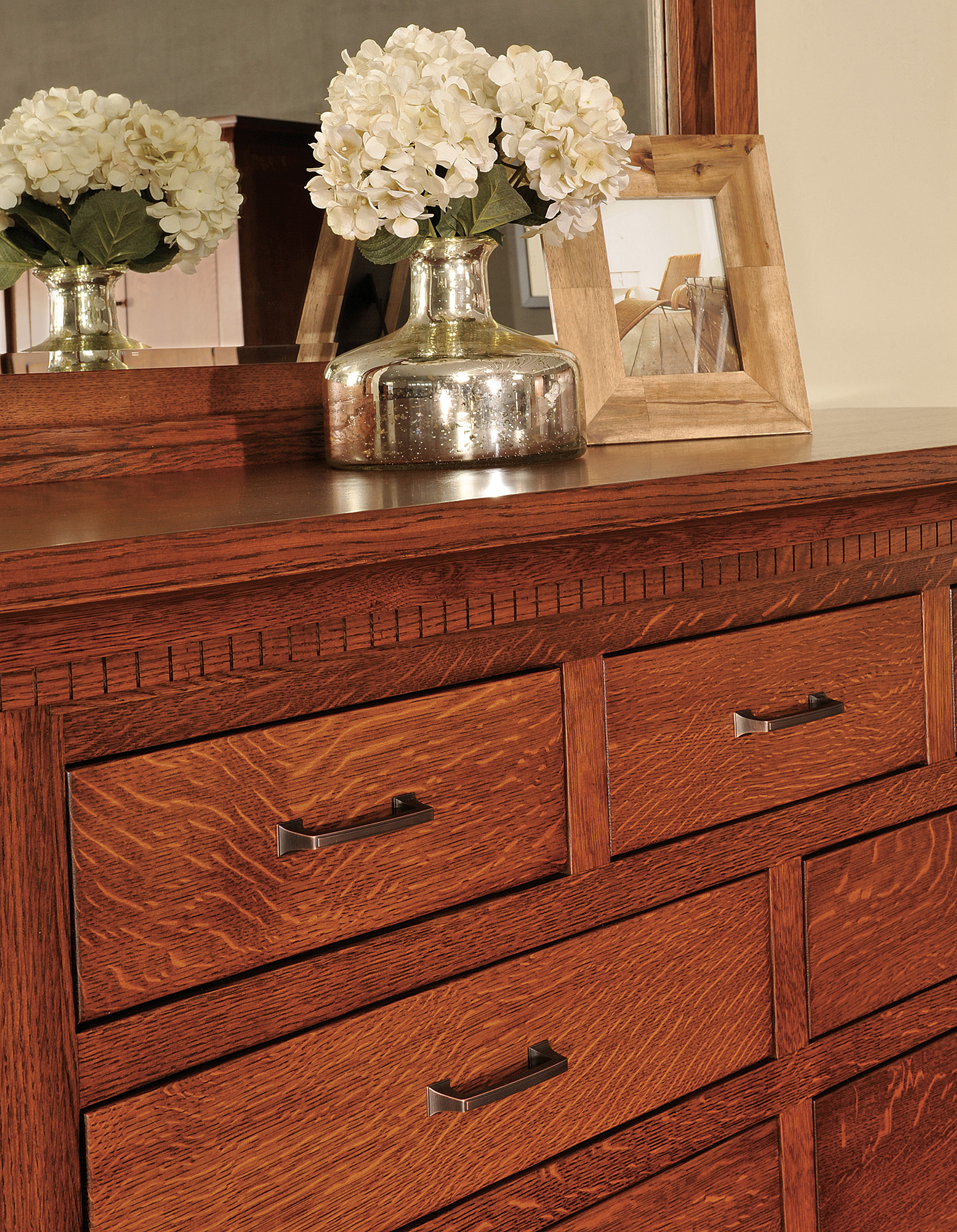



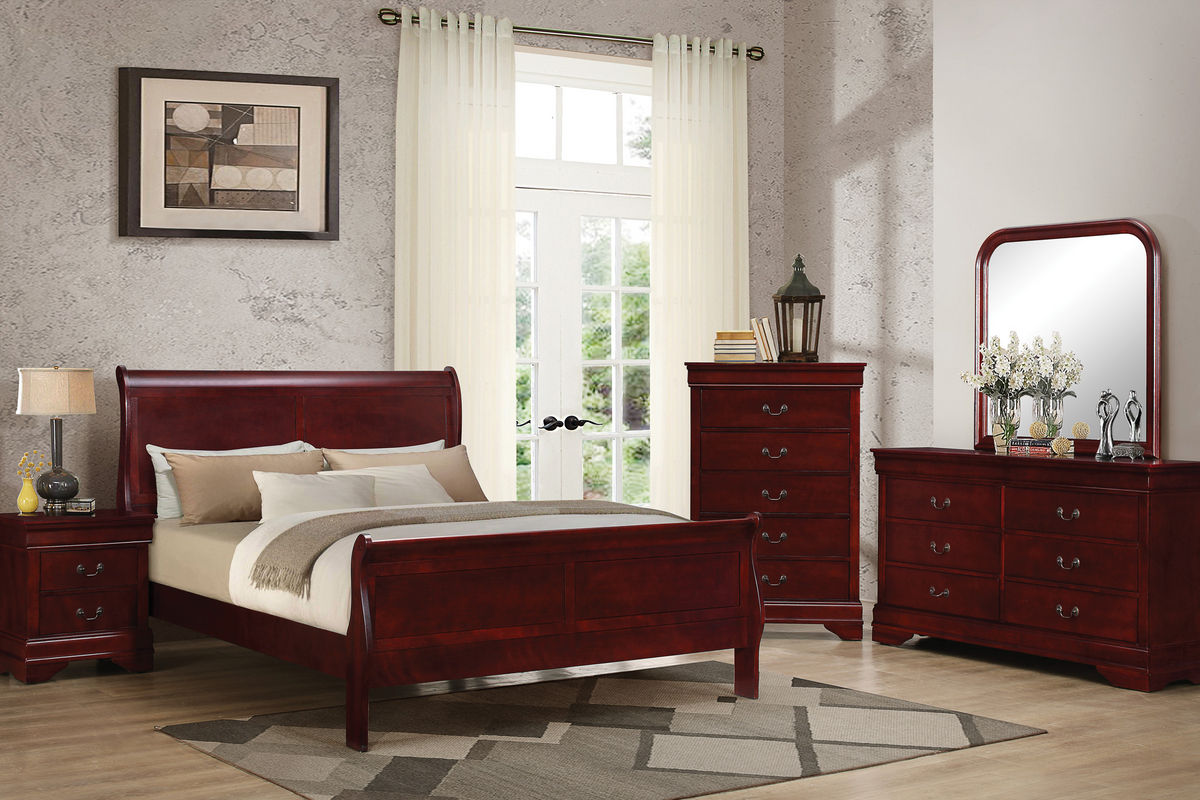
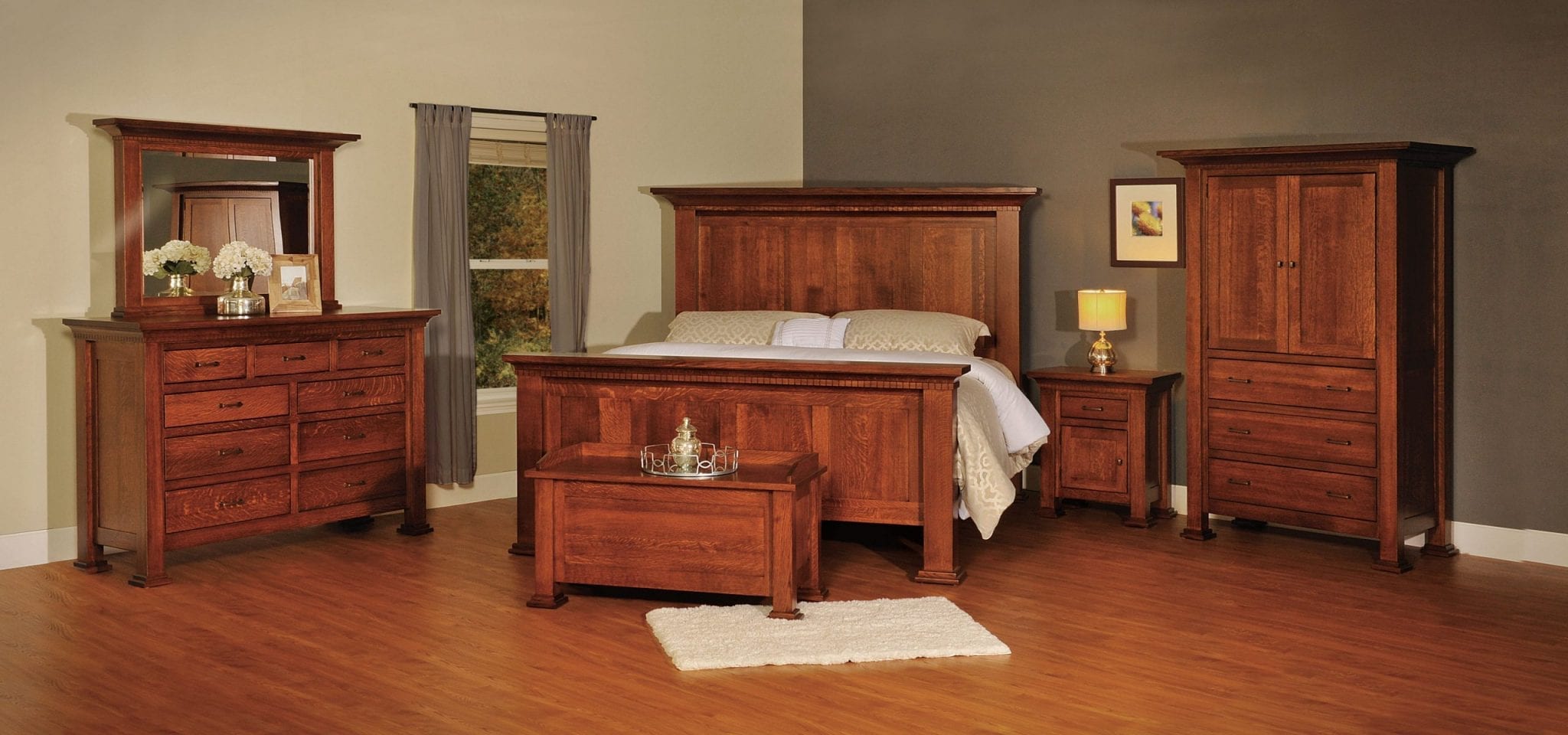

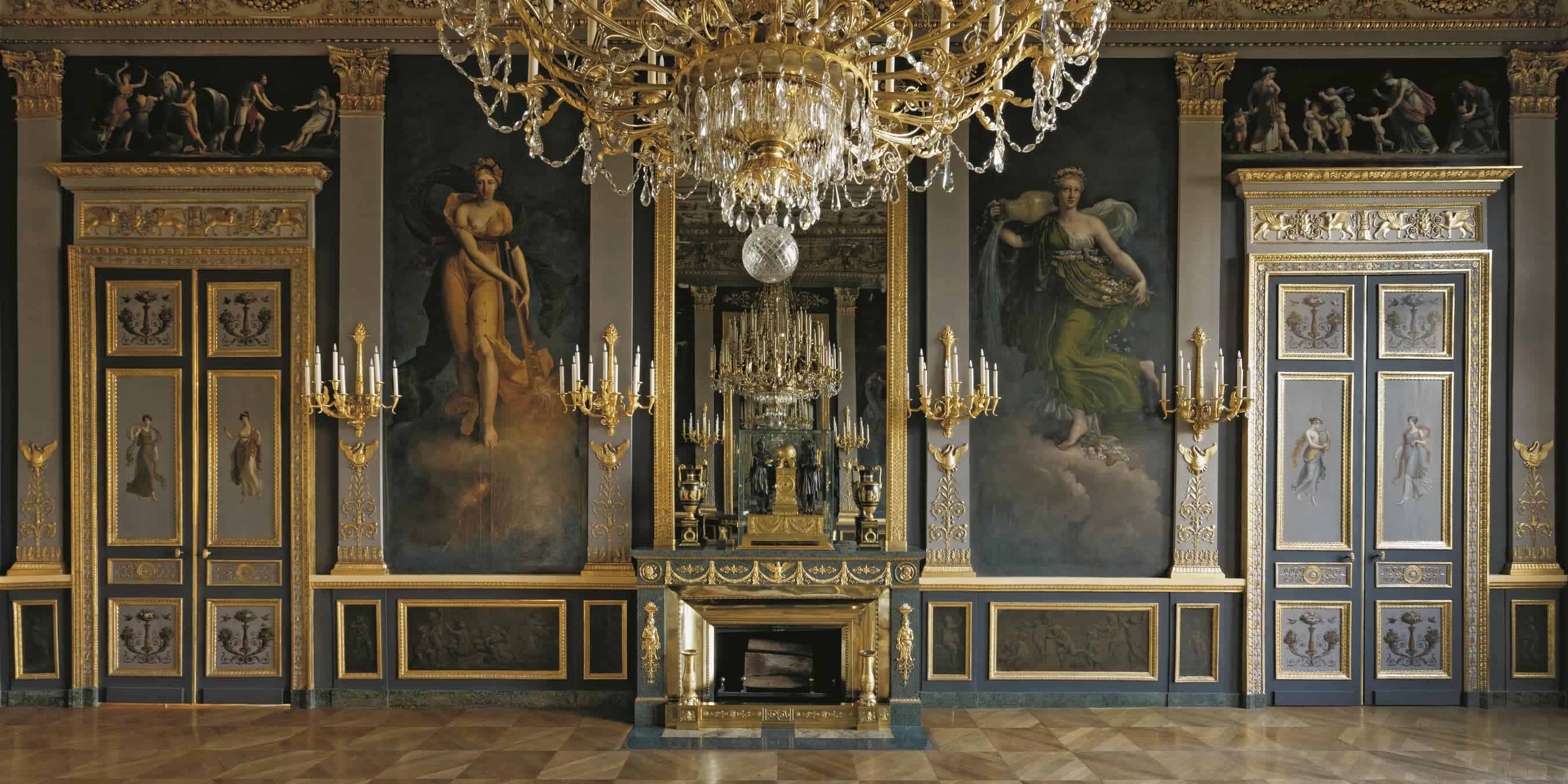





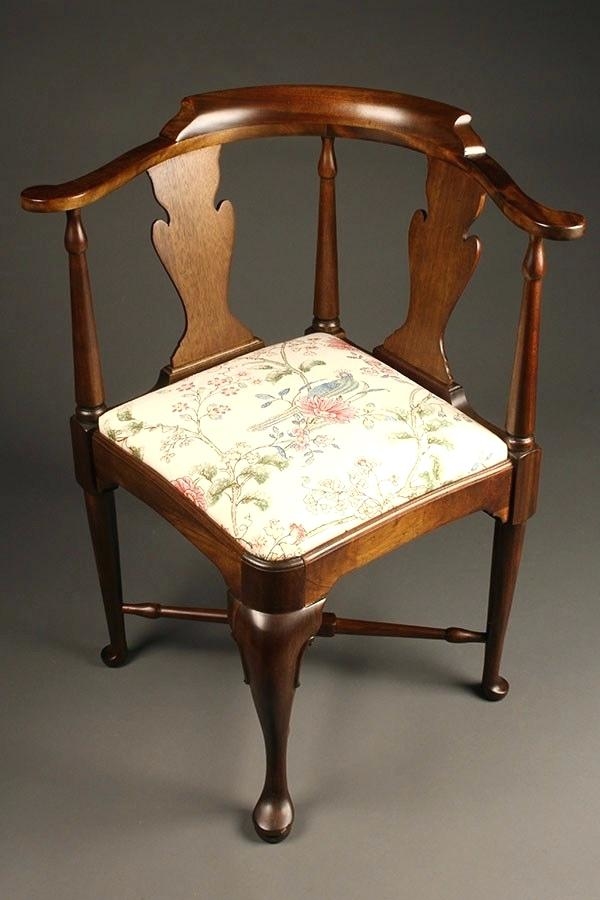









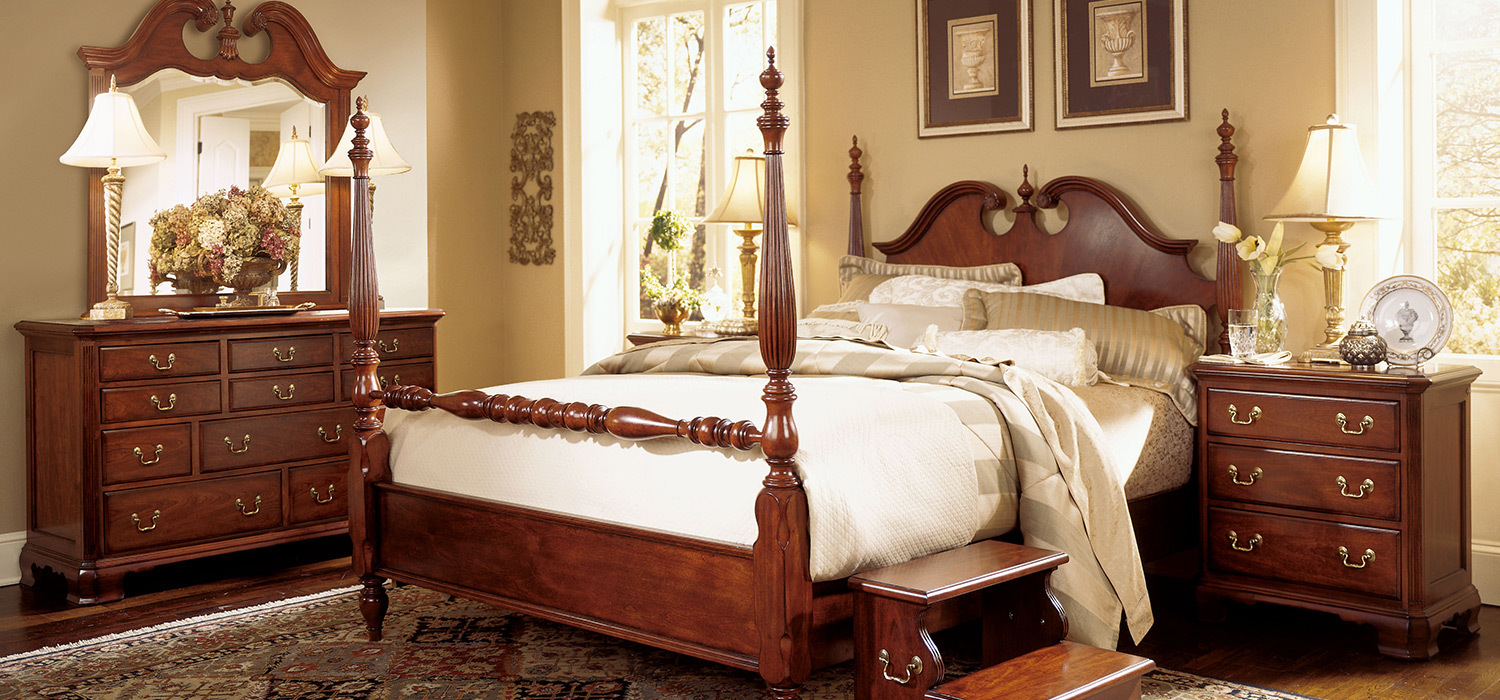

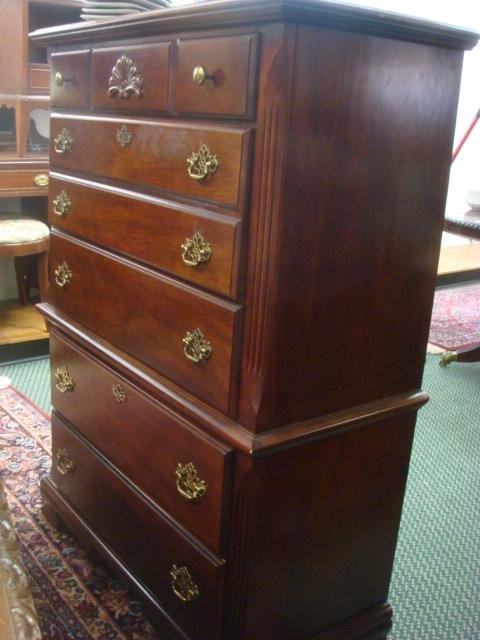

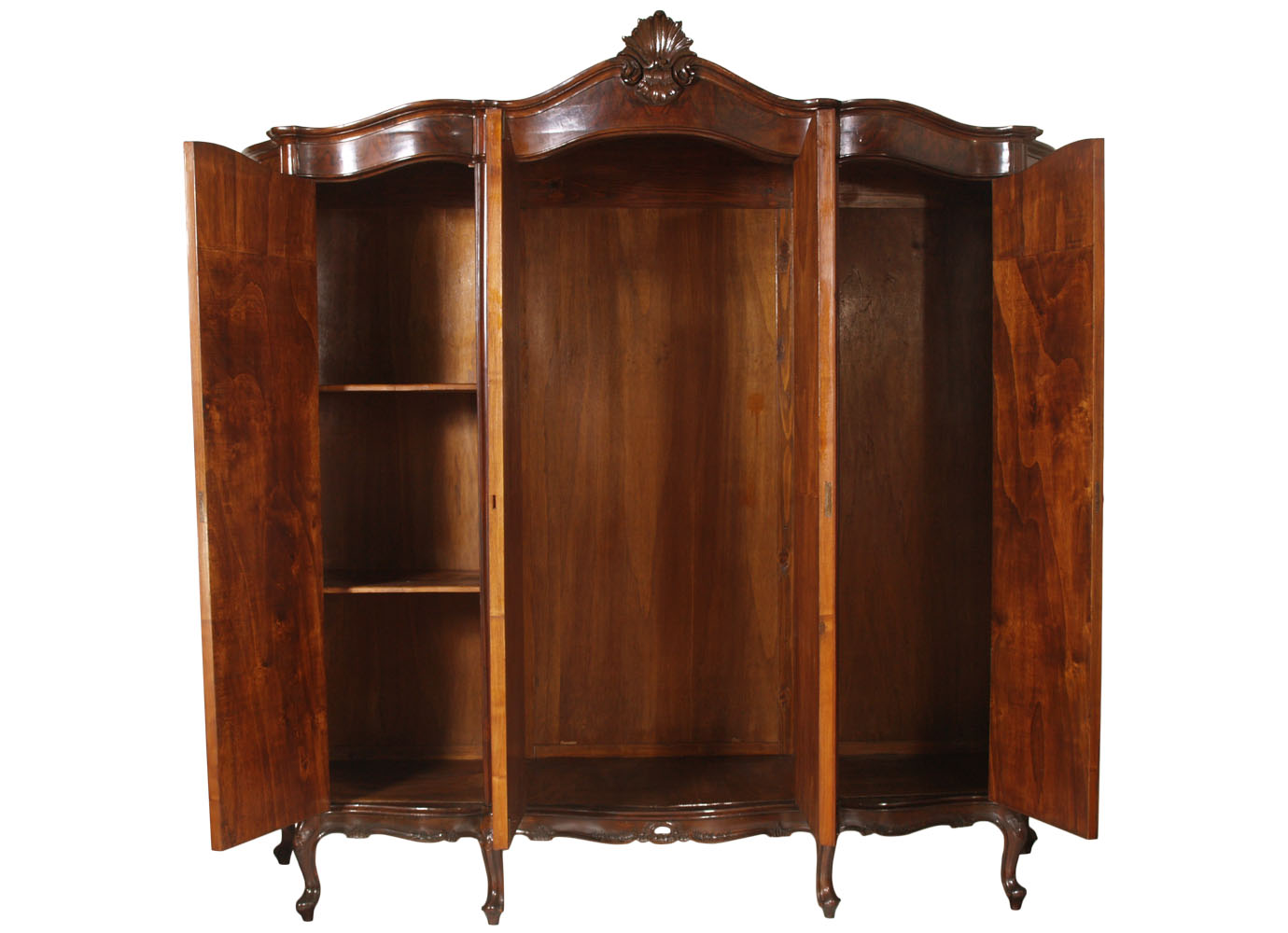
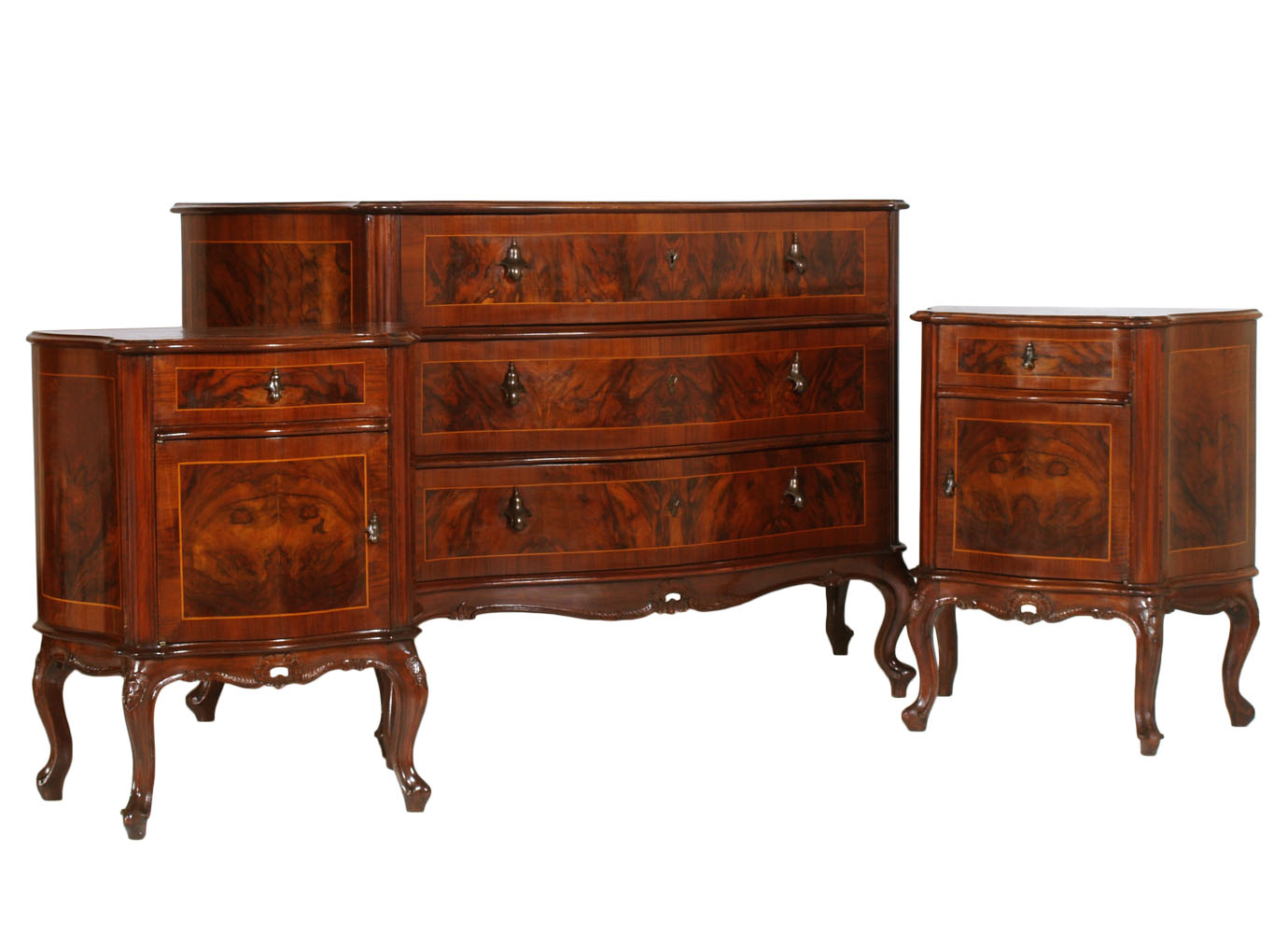


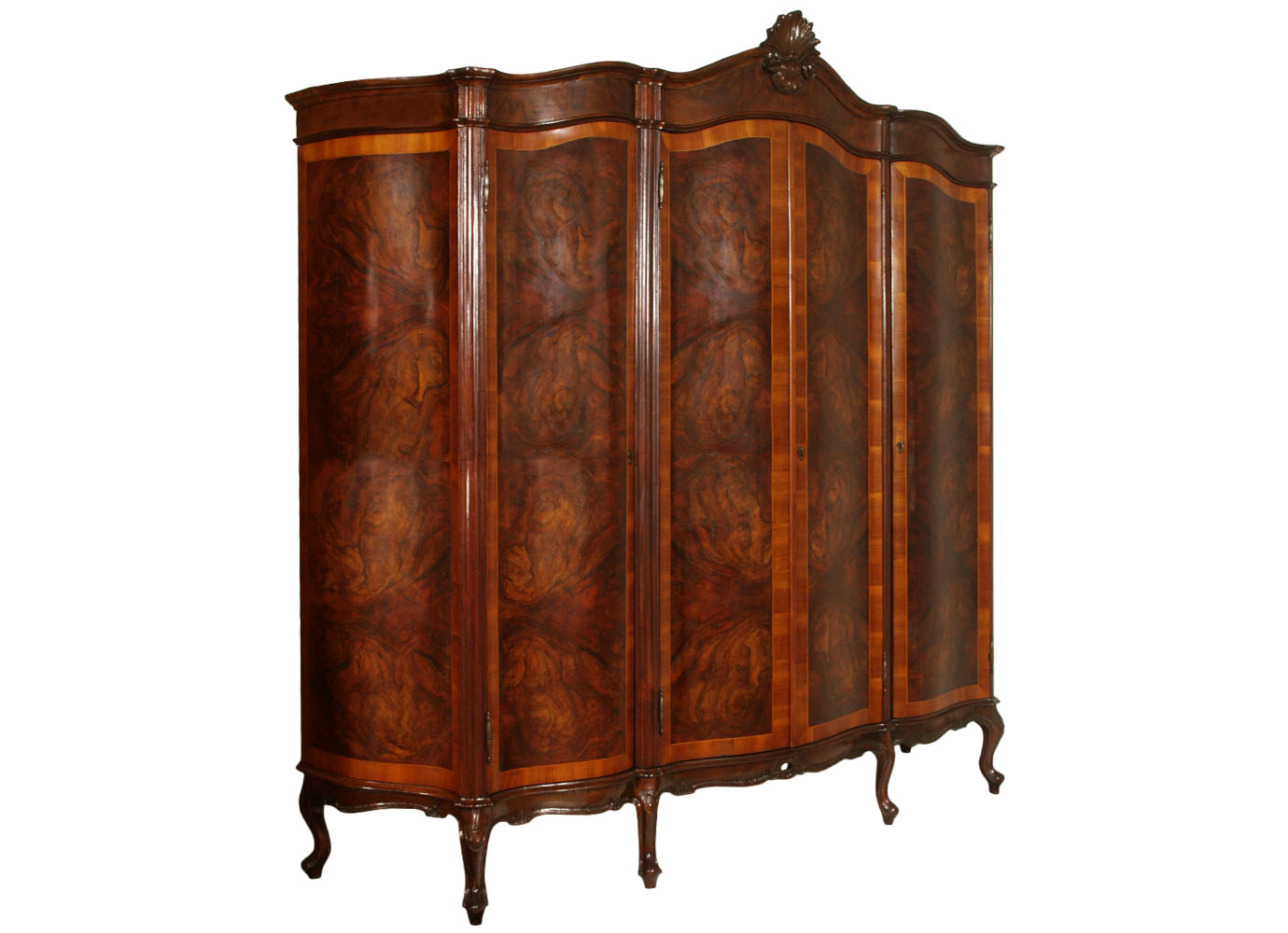
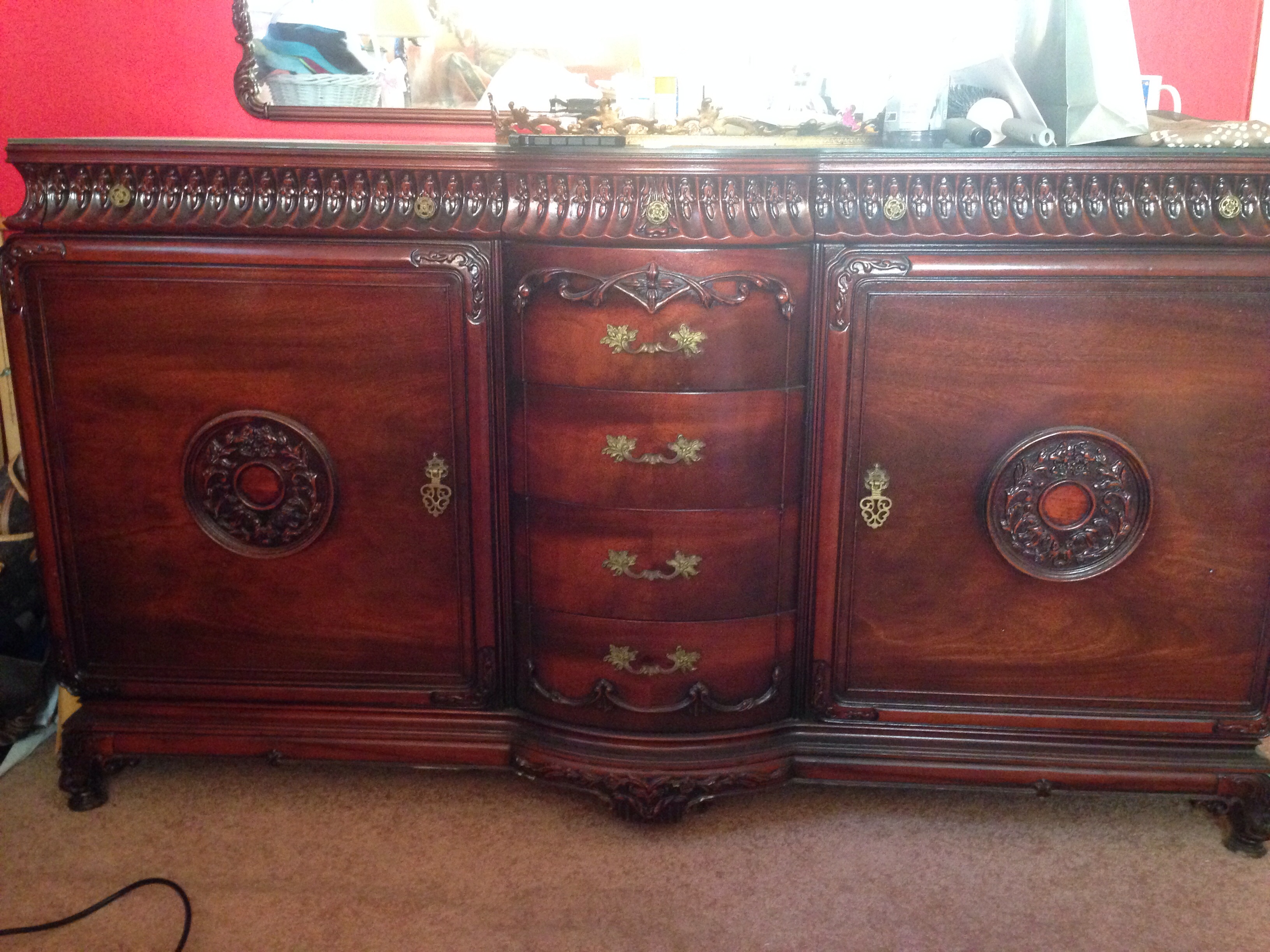
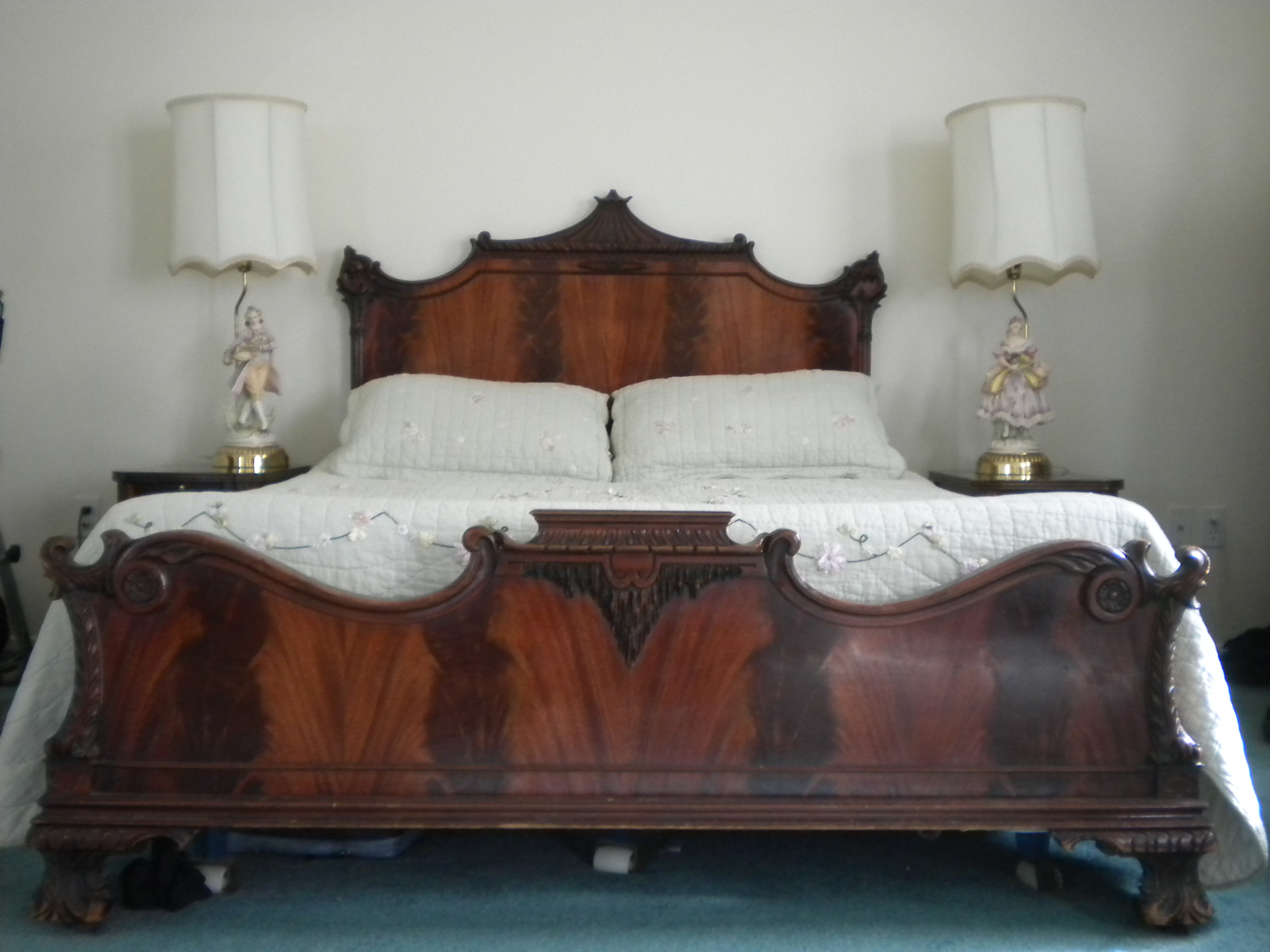

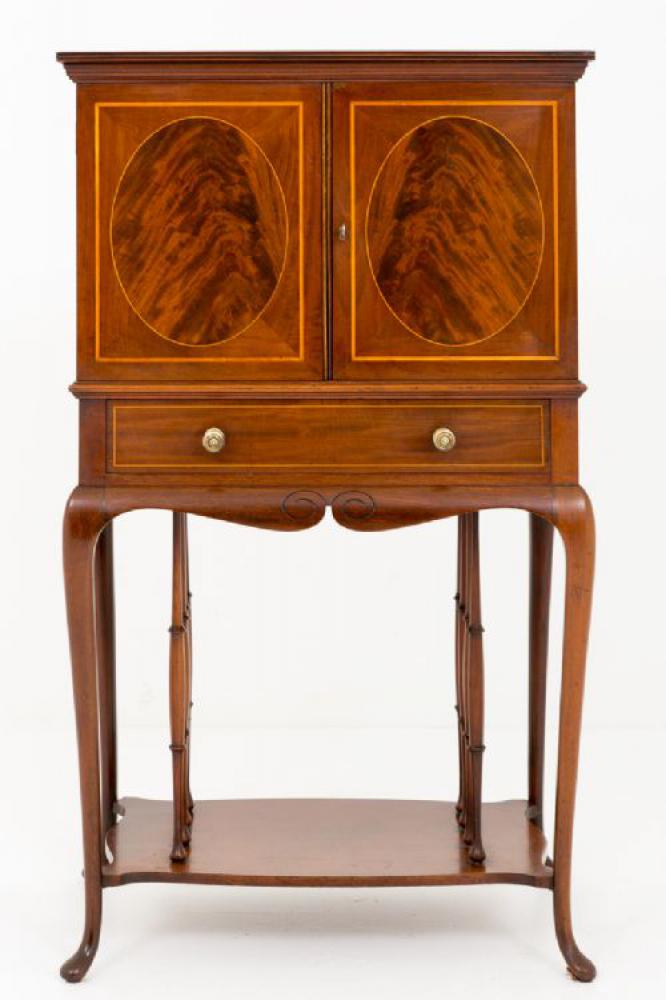




/SheratonStyle-589d20c73df78c4758affc0f.jpg)
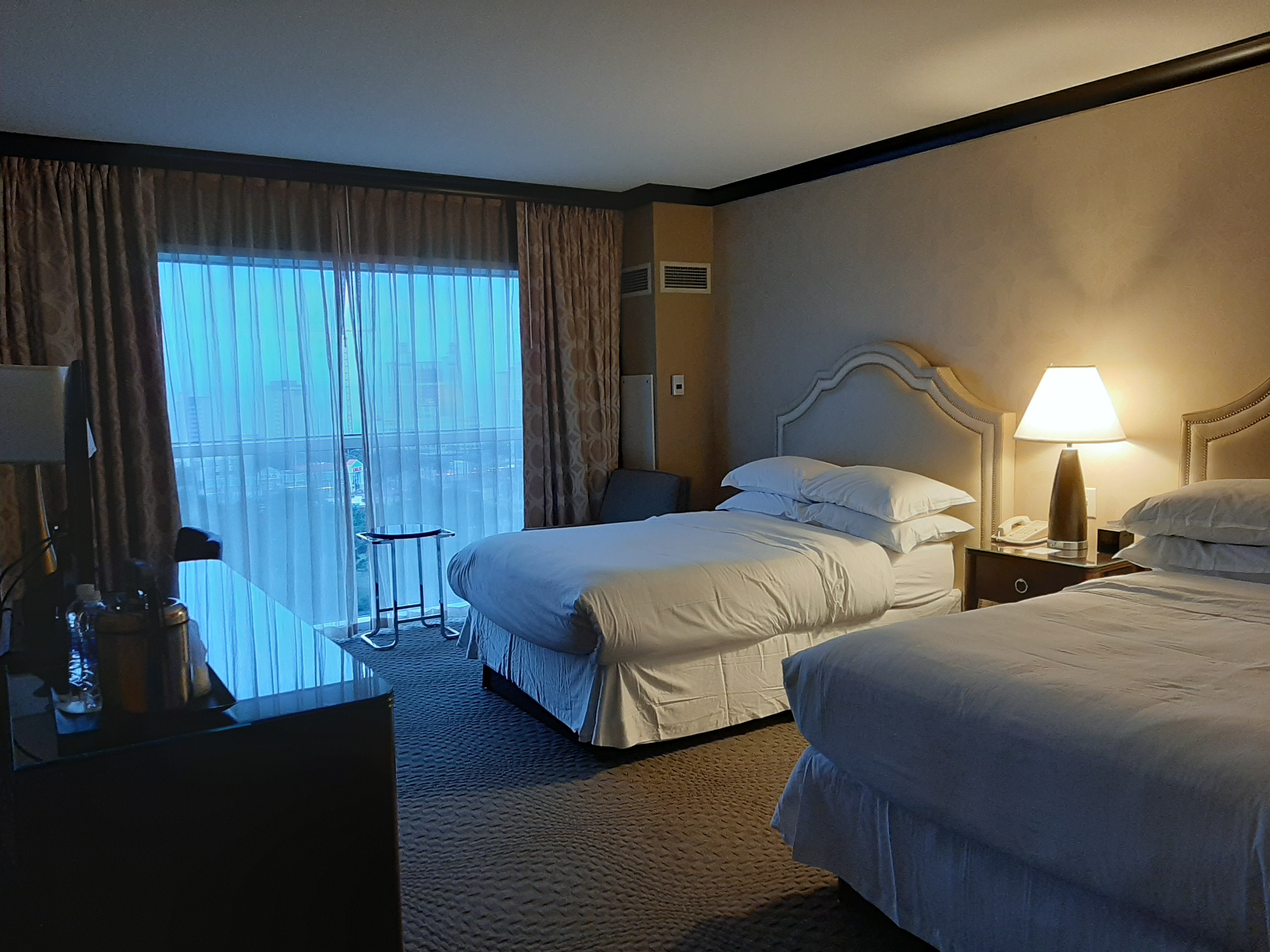


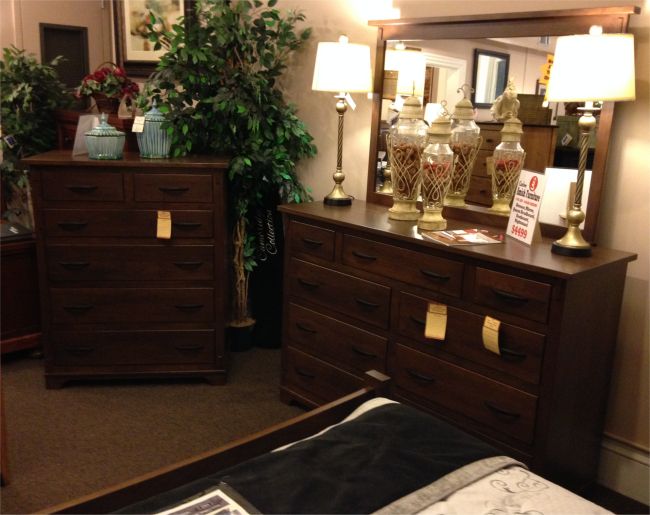








:max_bytes(150000):strip_icc()/hollywoodregency23-594afff45f9b58f0fcecfbdc.jpg)

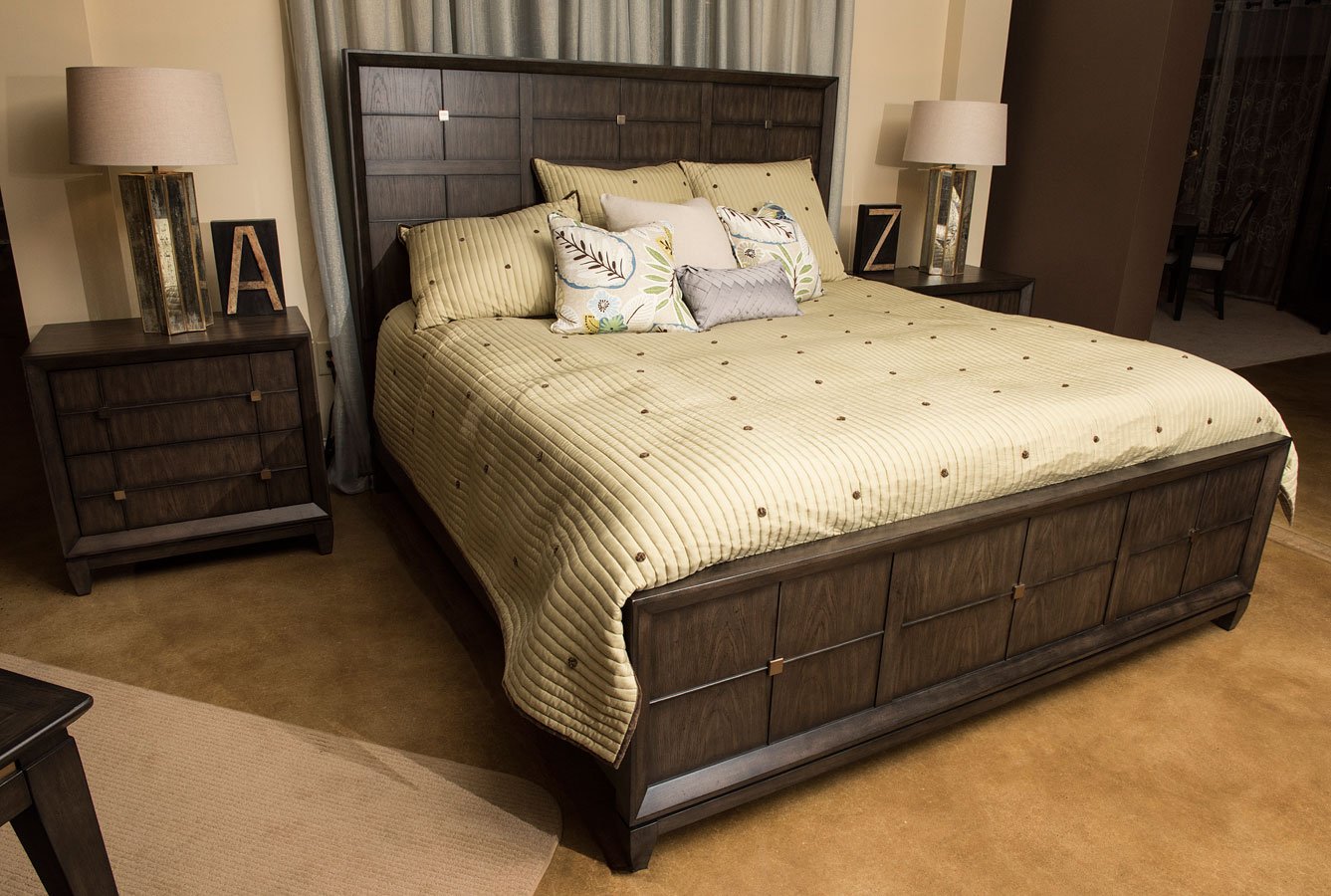
:max_bytes(150000):strip_icc()/hollywoodregency3-594aeb303df78cae81a67d2b.jpg)
